|
First. A true story- The director of a global, multidisciplinary design firm based in London was asked, "What do you look for in a new employee?". His reply, "Perhaps a sense of humor?"
Graduating students take note. His reply seems flippant and perhaps irresponsible. Having taught at SAIC, a private art and design school for over 12 years, that was certainly my first reaction. Out of curiosity, I Googled "Why a sense of humor is important?" and found 288 direct links out of 113,000,000 results (in 0.45 seconds). The positive impact of humor on personal relationships, emotional wellbeing, in the workplace, and in businesses is astonishing and offers a moment of reflection for me. It parallels the debate between the two central characters over laughter in the novel "The Name of the Rose," by Umberto Eco. Set in the Middle Ages, William of Baskerville, a Franciscan monk argues for careful deliberation and interpretation while Jorge de Burgos, the elderly and blind monk from the abbey harbors deep suspicions about laughter. To him, laughter is diabolical, subversive. It reduces the serious learning of the monks to triviality and farce. Laughter destabilizes and erodes the status quo. Jorge de Burgos, therefore, sees it as his sacred duty, to the point of committing murders and burning the library (apologies for the spoiler) to protect the established, divine order before it descends into anarchy. We are witnessing a profound shift at all levels of society that will significantly impact lives on the planet, and a new order is taking shape. Received notions of identity, belonging, ownership, access, and control are questioned and subjected to a re-examination in our current social, political and technological milieu. Architecture as built culture is not immune to scrutiny. The thesis projects of the Class of 2019 bear testament to such scrutiny. The students know where they stand in the debate between William of Baskerville and Jorge de Burgos. They are not cowed by fear or anxiety, nor are they resigned to the present state of affairs. Their projects offer a glimpse of certain possibilities at a time of transition and uncertainty; personal declarations forged and materialized over two semesters of conversation, debate, research, drawing, testing, and making. They invite us to share their defiance, hope, ambition, curiosity, imagination, and resilience. I would add a sense of humor to the mix. Unlike the misplaced aversion to laughter by the zealot Jorge de Burgos, it is an invaluable tool that builds conviviality, breaks down tribal instincts, crushes the climate of fear, disarms a tense situation and bridges differences. Or as the irrepressible John Cleese, one of the founding members of the Monty Python comedy group once said, "Laughter is the force of democracy." May the graduating 2019 class of the Master of Architecture and the Master of Architecture (With an Emphasis in Interior Architecture) finds fulfillment, success, and brings forth joy and laughter through their work. Mies’s Loop Post Office in Chicago provides an exemplary building for the study of skins in architecture. The building’s large steel beams painted matte black are separated from the non-load bearing exterior walls, which are full height glass and stretch along four sides of the building. The walls are only broken up only by the steel I-beam mullions. The glass façade reduces the perception of weight while accentuating the building’s transparency. Its materiality alludes to the thin, light and diaphanous qualities that one would associate with skins. The separation of the load-bearing structure and the non-load bearing enclosure has afforded enormous freedom for the exploration of architectural space in the 20th century. The building skin, on the other hand, becomes a surface opened to investigations through the various strategies of material, perception and programmatic thickenings. The opportunity for discovery is vast. Lina. Inside Mies's Mind. Tyler. Transportable Skins. Rebekah. The Ghost of Mies. Alex. Mies and Movements. Melis. Trangressing Mies. Suzie. Sensing and Learning Mies. Jordanna. The Four Modernisms. Olive. Transcribing Transparency. Molly. Capturing Corners. Dana. Mies and the Weathering in Time. Lauren. aMediated Nature.
A wonderful sight on the way to work! A street vendor selling fresh fruits on the sidewalk. Summer is here, finally.
Project Mission
The Art and Design School Project is an interdisciplinary and creative project that offers a free, intimate and intellectual experience within a gallery setting for the discourse on art, design and contemporary culture. It is motivated by the tradition of experimental pedagogies and seeks alternative grounds for engaging the community of learners through non-conventional means of teaching and learning. Project Rational and Goals The Art and Design School Project is conceived first and foremost as a project. It exists as a liminal presence within a real space and is engaged with live participants but is fictive at the same time. This strategy supports the realization of the project’s goals while giving it the space to be experimental and critical. It challenges conventional structure and organization of a school, the methods of knowledge delivery and exchange, as well as the roles of learner and teacher. The project is strongly motivated by the possibility of opening up new concepts and strategies for the future teaching and learning of art and design. The Art and Design School Project therefore:
Project Organization The themes for the class will be crowd sourced and curated from the art and design community prior to the start of the project. A collective of artists, designers and scholars who have devoted considerable time to their work and who share a passion for this open, interdisciplinary form of knowledge exchange will be invited to facilitate the weekly thematic discussions. Practitioners and recent graduates in their respective creative fields are eligible to apply as student participants. They are selected from an open call for application and successful applicants are invited to join the Art and Design School for a 12-week session. At the end of the session, the students present their works, research or findings to an invited panel of experts in the art and design fields. Project Duration All the participants will meet once a week for 2 hours in the evening at a gallery. The project will take 12 weeks to complete. Perhaps it was his last day at work or he was fired and had no use for this business wear anymore. Shedding his corporate skin and becoming a human again in the city. Micro gardens is a project by Whang Ye-Eun that re-purposed discarded objects as housings for plants. While exploring the Bloomingdale Trail in Chicago, Ye- Eun discovered a variety of discarded objects strewn along the abandoned, elevated railway track. She meticulously cleaned a few of the objects and carefully placed small amount of soil within the cracks to transform them into rehabilitated grounds for the cultivation of plant life. These new, portable micro gardens serve as both a metaphor for the rejuvenation of the trail by the local residents living in the area and as physical evidences of how through care and determination, what are considered as valueless objects can be potentially turned into precious housings for new lives. Project adviser: Thomas Kong
I grew up in a shophouse. The kitchen was at the end, three steps down. It had a tall ceiling and one side was opened to the outside. When it rained, the whole kitchen would get wet. My grandma had a blue tarpaulin made that she rolled down to stop the rain from coming in. One of things I remember most about the kitchen were the strings of orange peels hanging from the big exhaust hood above the stove. Once a while, she would take some of the dried ones down and used them to make green bean soup. We don’t do this anymore do we? Just eat and throw away now. The kitchen was my favorite place in the house. Before every dinner, she made sure the kitchen god was 'fed'. Nothing fancy. Just placing a fresh set of joss sticks in the urn. Before the rice dumpling festival. My mother, grandma and a few female cousins spent many days and nights in the kitchen making the Bak Zhangs. They cooked them in large metal drums of boiling water. There were three of them, spread out in the kitchen and sitting on top of kerosene stoves,. My mother and cousins would keep a watchful eye over the flames while they bundled the cooked Bak Zhangs into different plastic bags for our relatives and neighbors. Come to think of it now, it must be such hard work doing this. Somehow they just did it year after year because that was how it was supposed to be. It’s tradition. But it was not just work. The Bak Zhang team would talk and gossip into the night as they made the rice dumplings while I sat on the steps listening to their conversation- about in-laws, their children, husbands, work and other things grown-ups talked about. Looking back, I guess that’s how I would describe family to someone. Being together, doing things, talking. Nothing extraordinary really. Just everyday stuff. Now that there are just the three of us in Chicago, I feel my daughter is missing out on what I experienced living in an extended family surrounded by cousins, aunts and uncles. Even though I was the only child, I never felt alone. It was not all good all the time but it was comforting to know there was someone looking out for you besides your parents. My wife would disagree. She said since my daughter did not have the same experience, she would not feel that something was missing. It’ll be different for her here. Maybe she’s right. Chicago. Summer 2007 |
Archives
August 2023
Categories
All
|
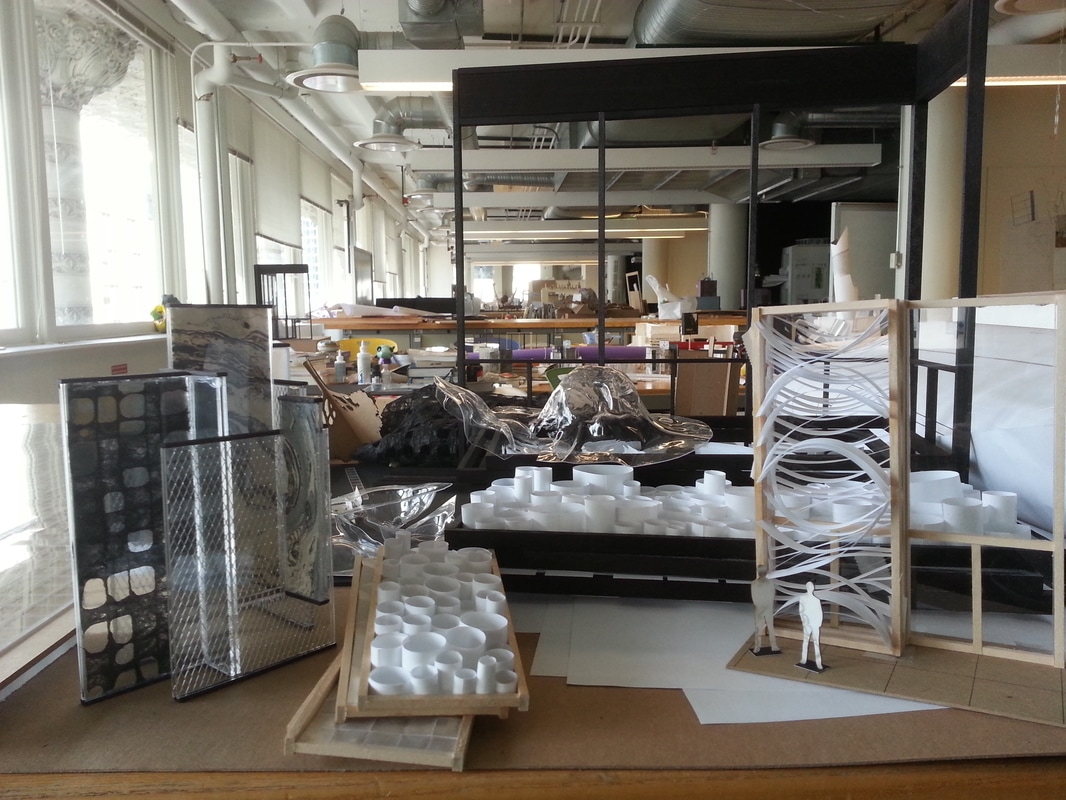
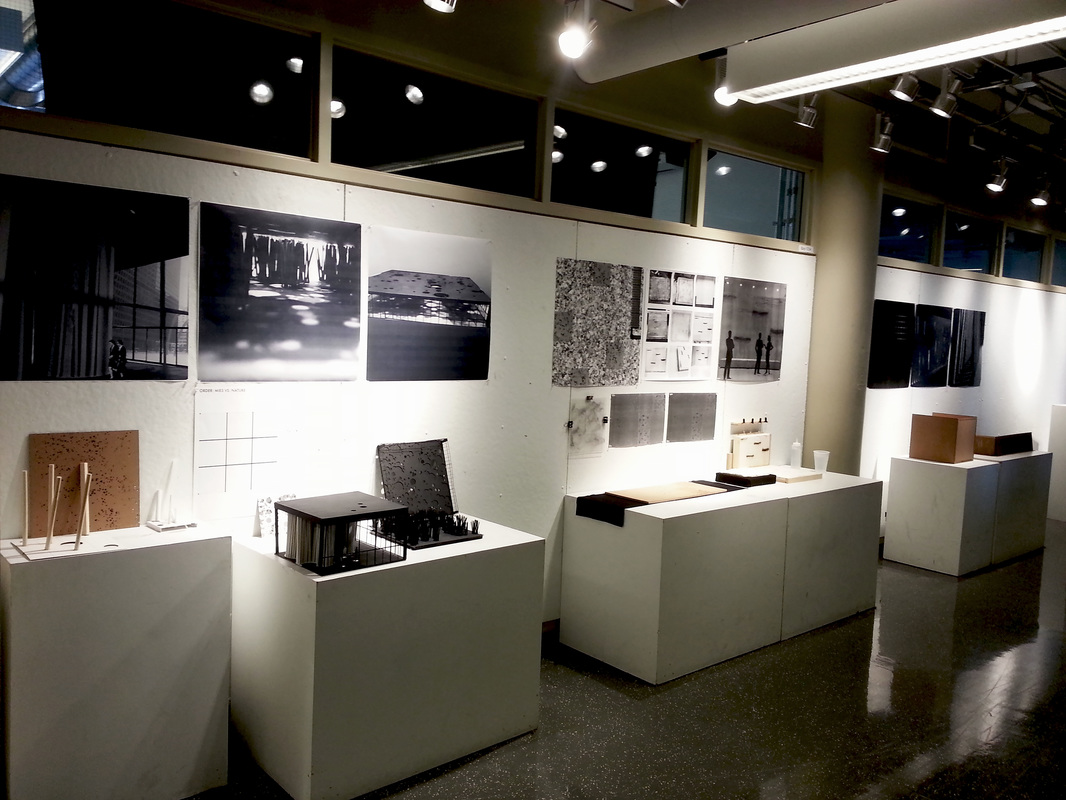
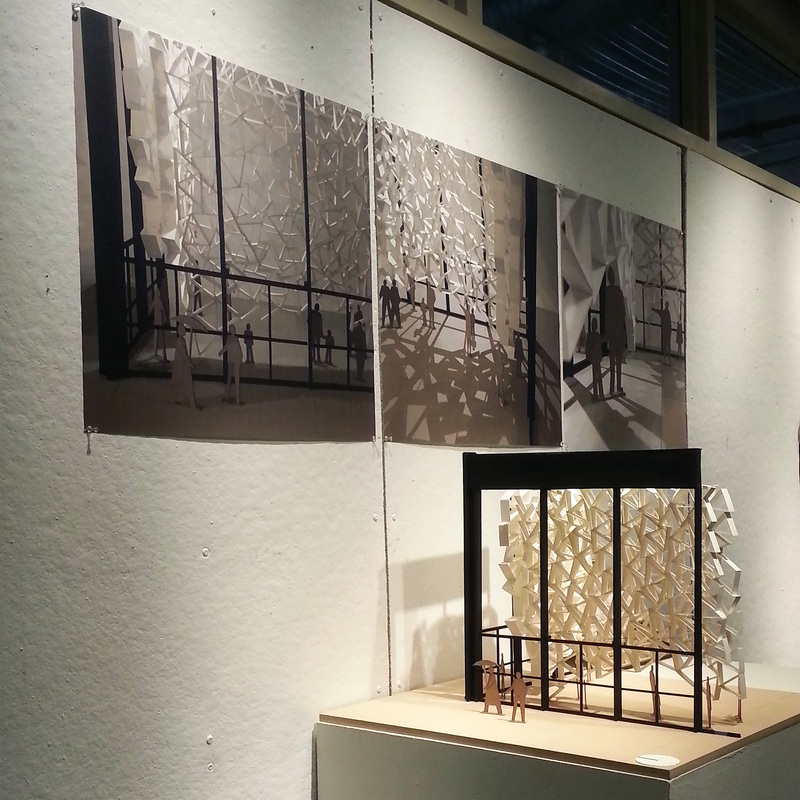
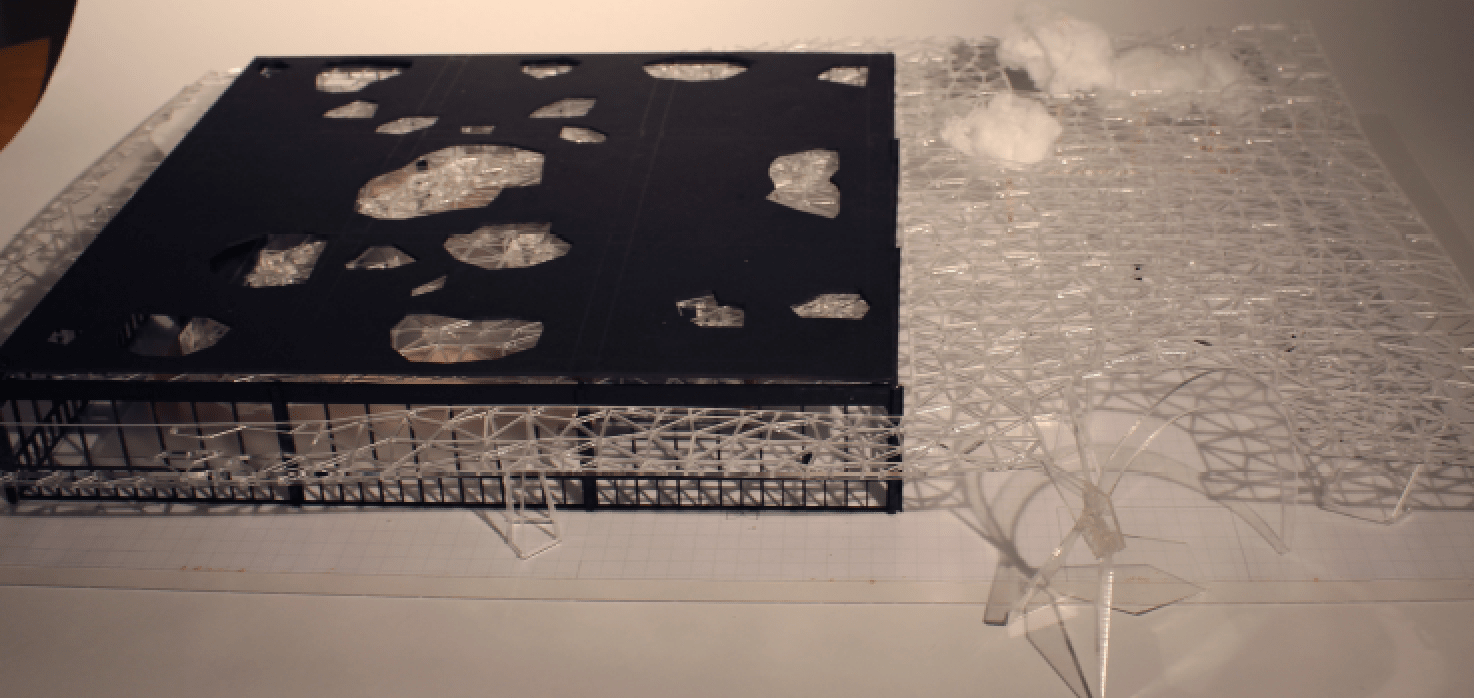
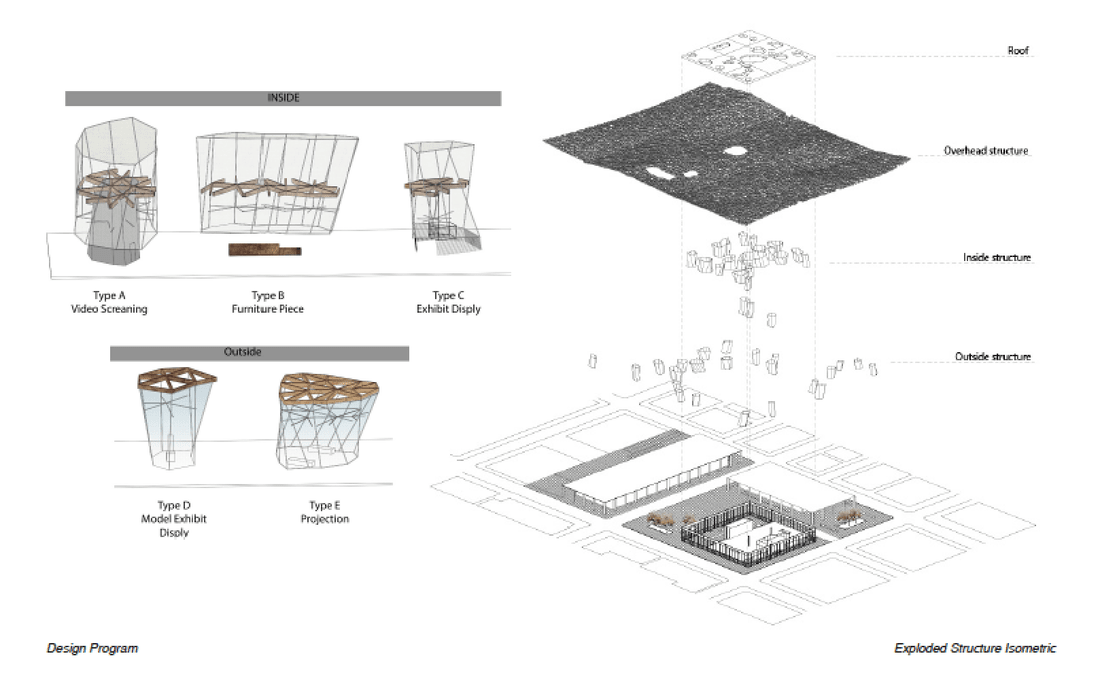
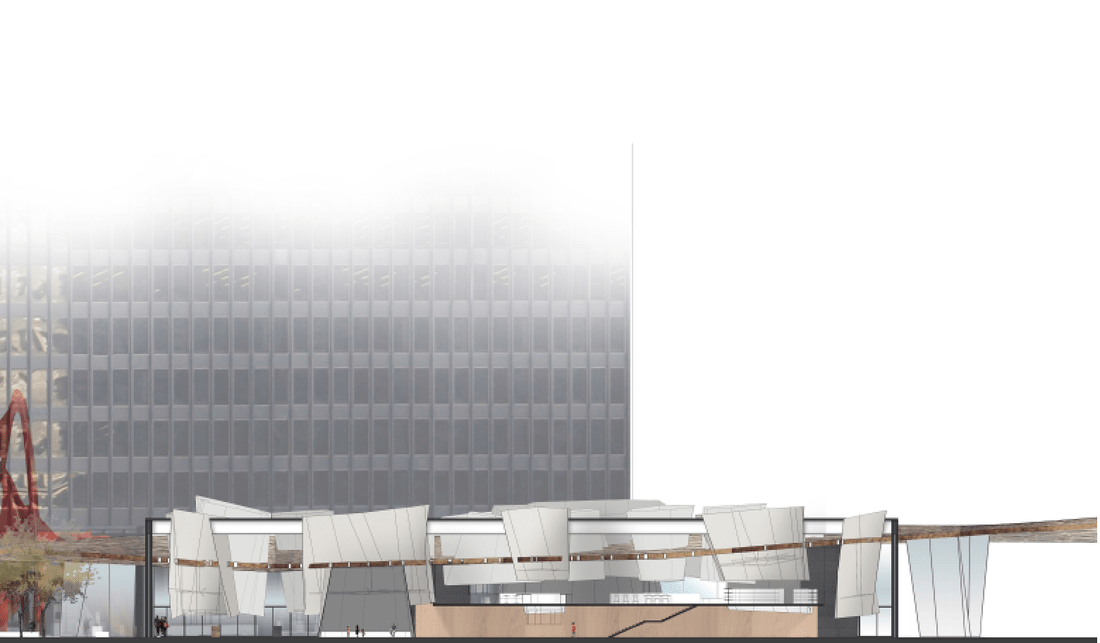
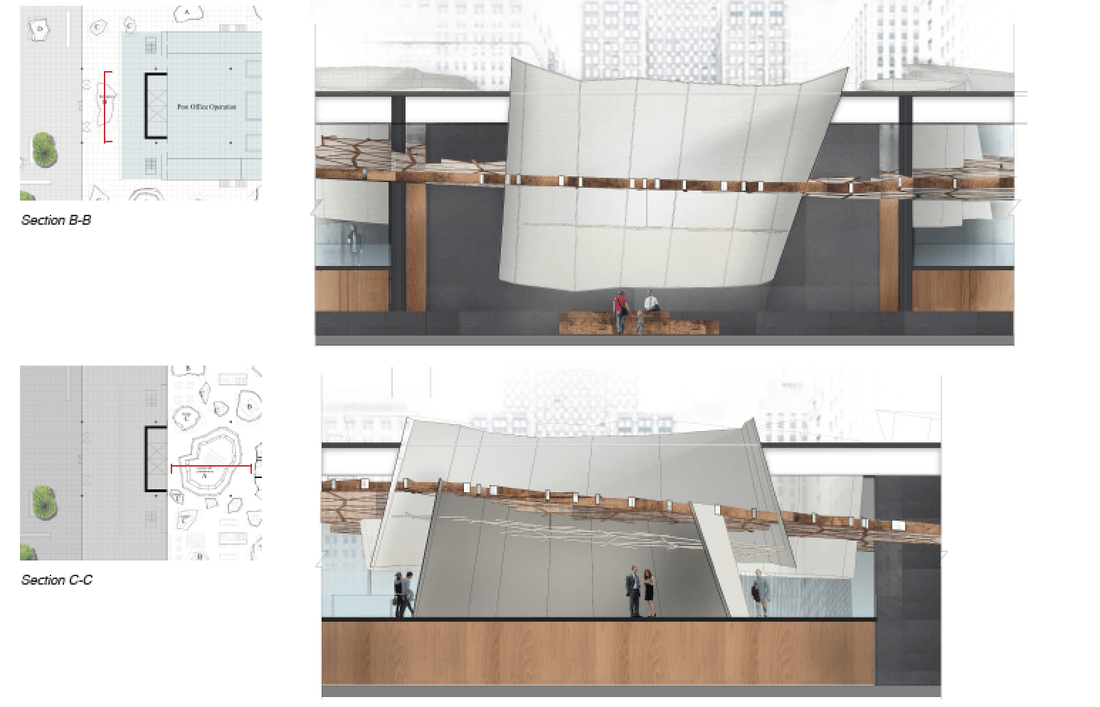
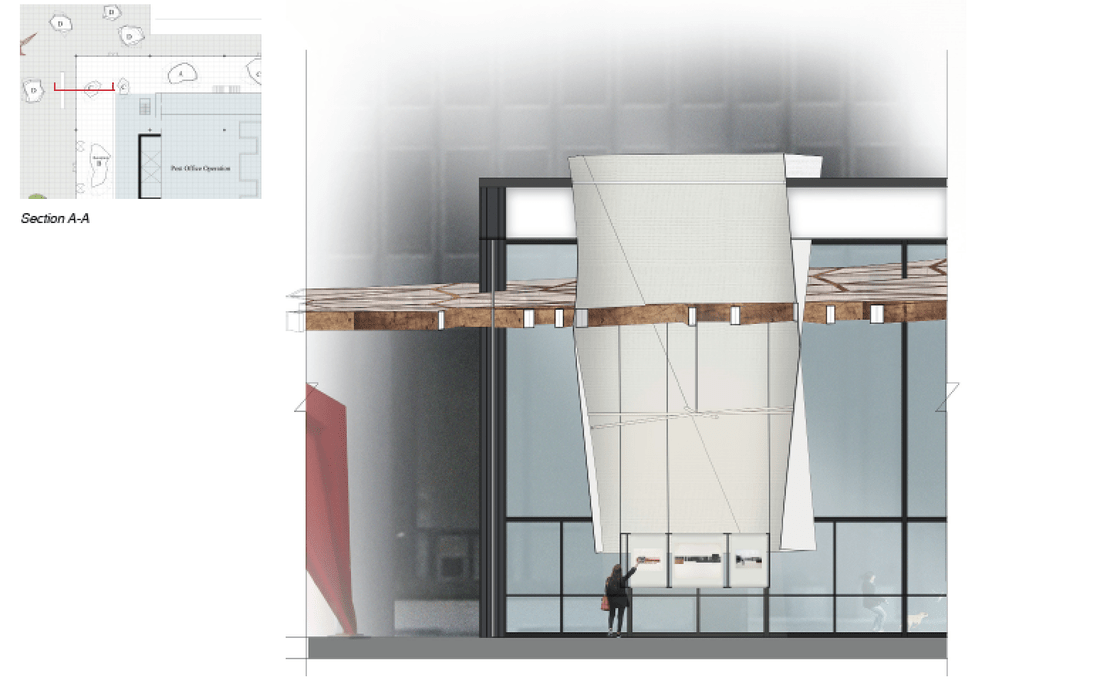
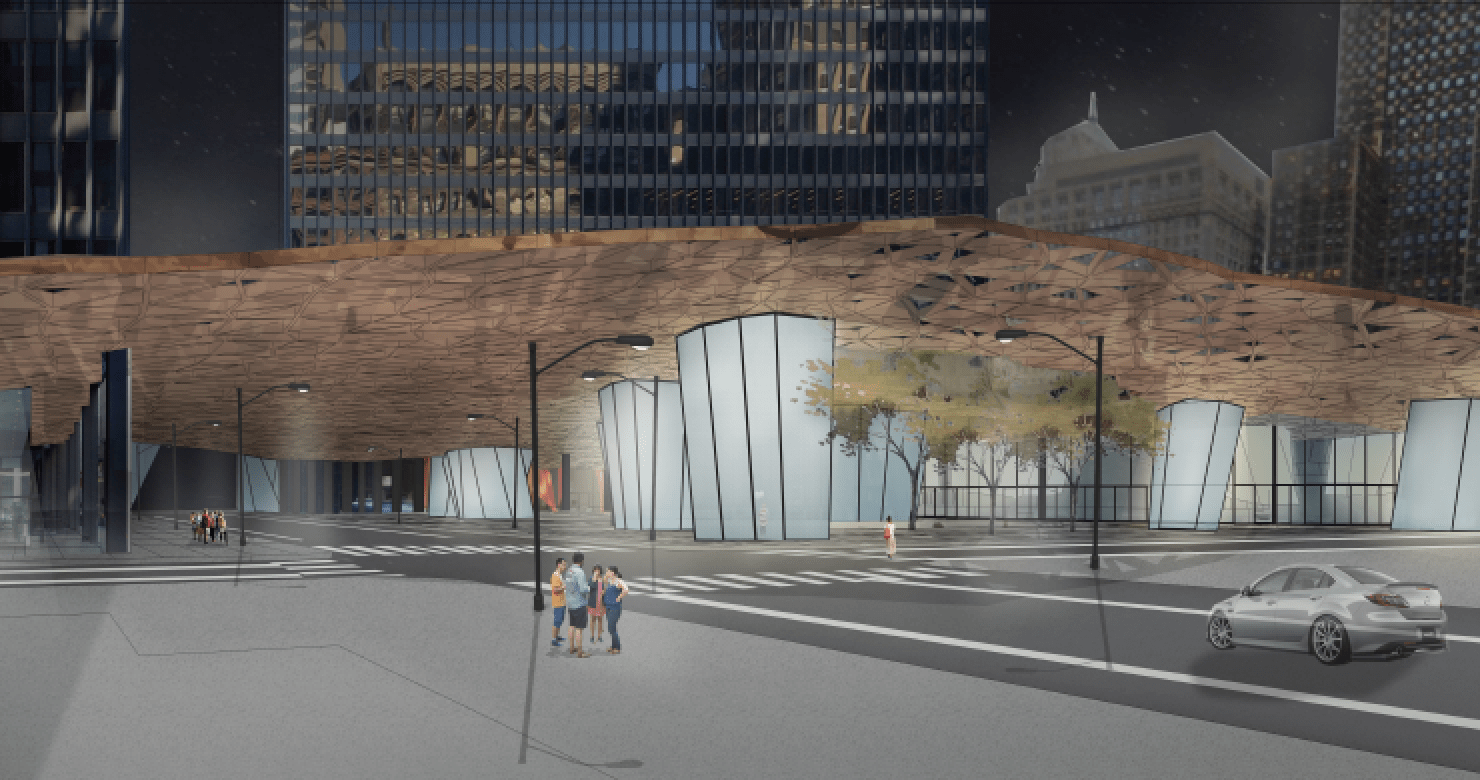
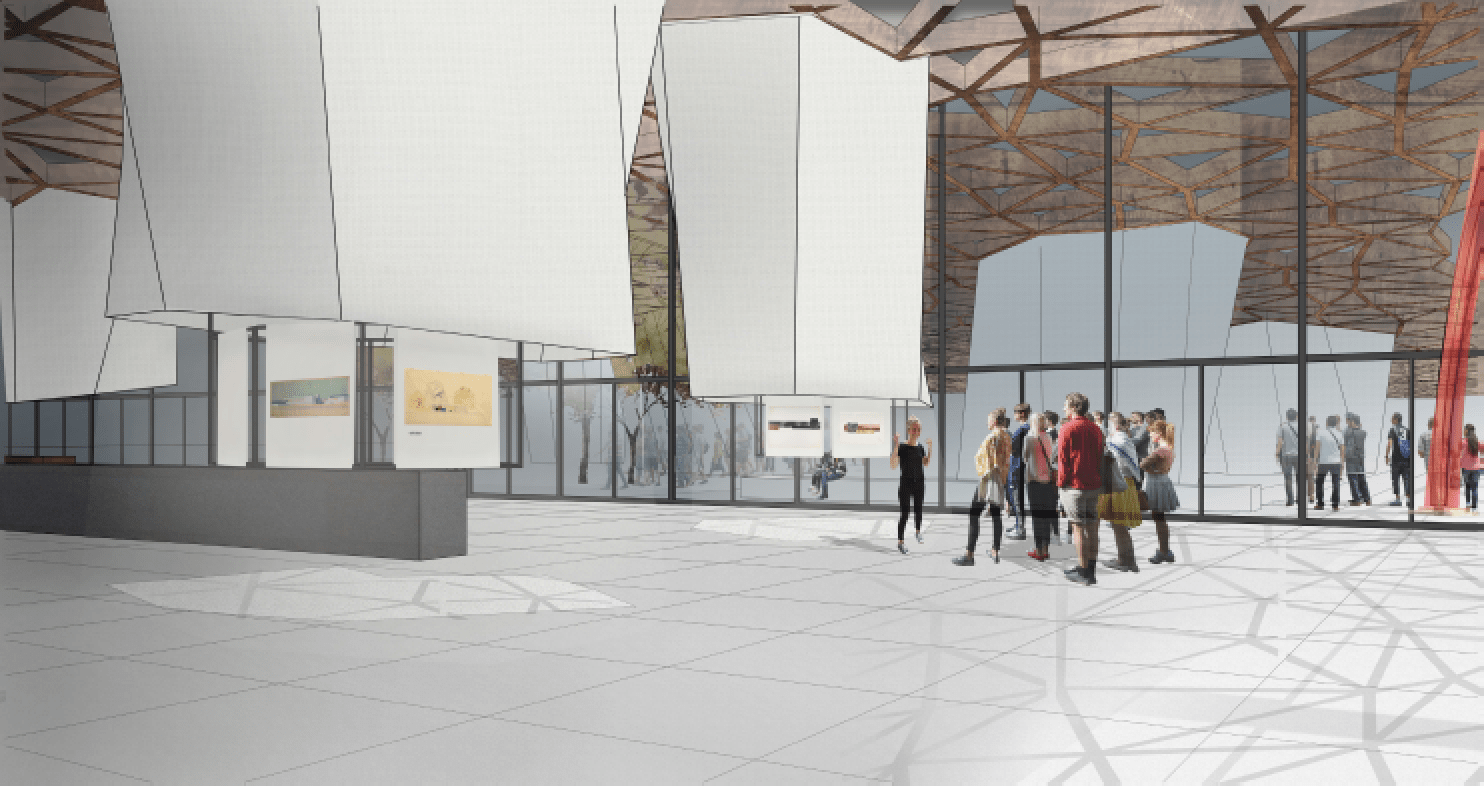
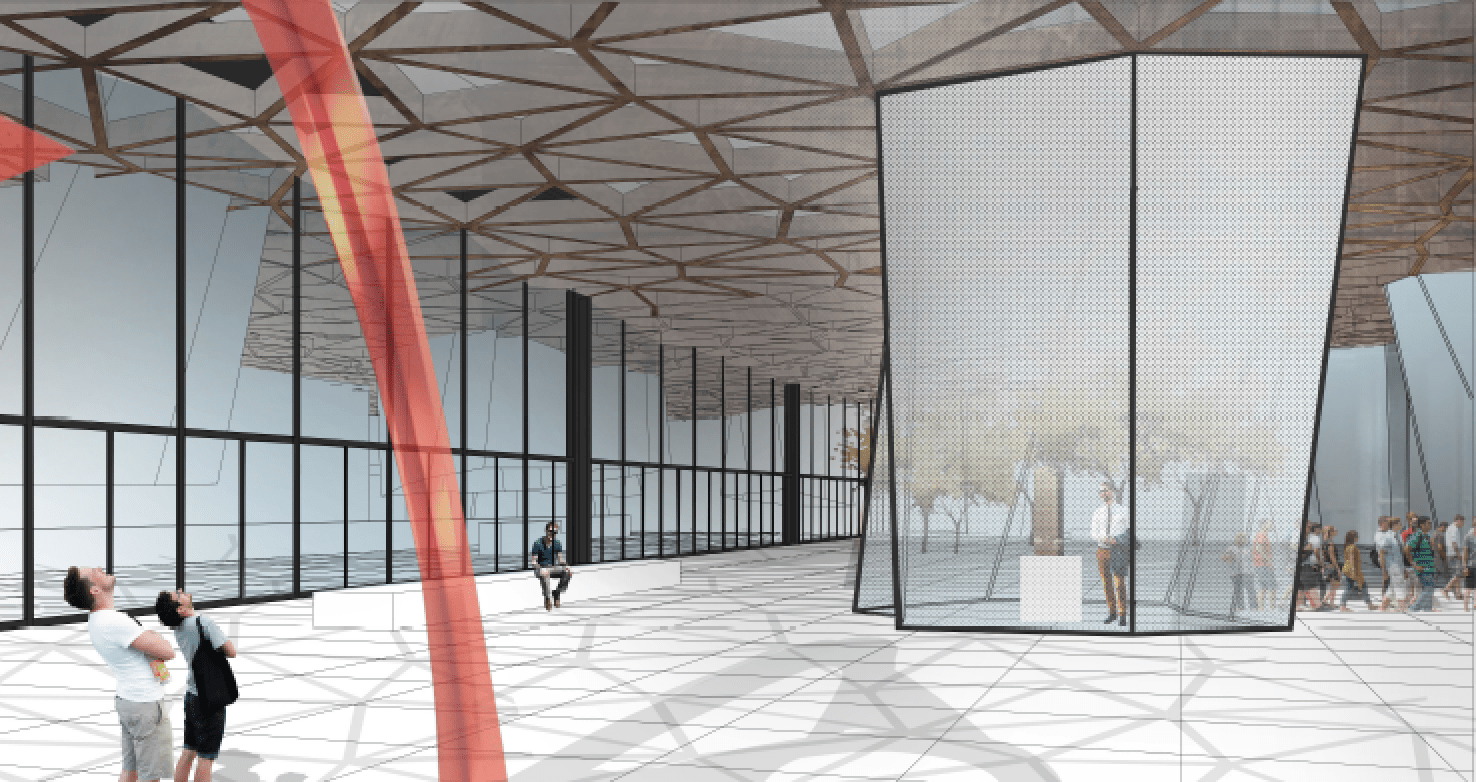
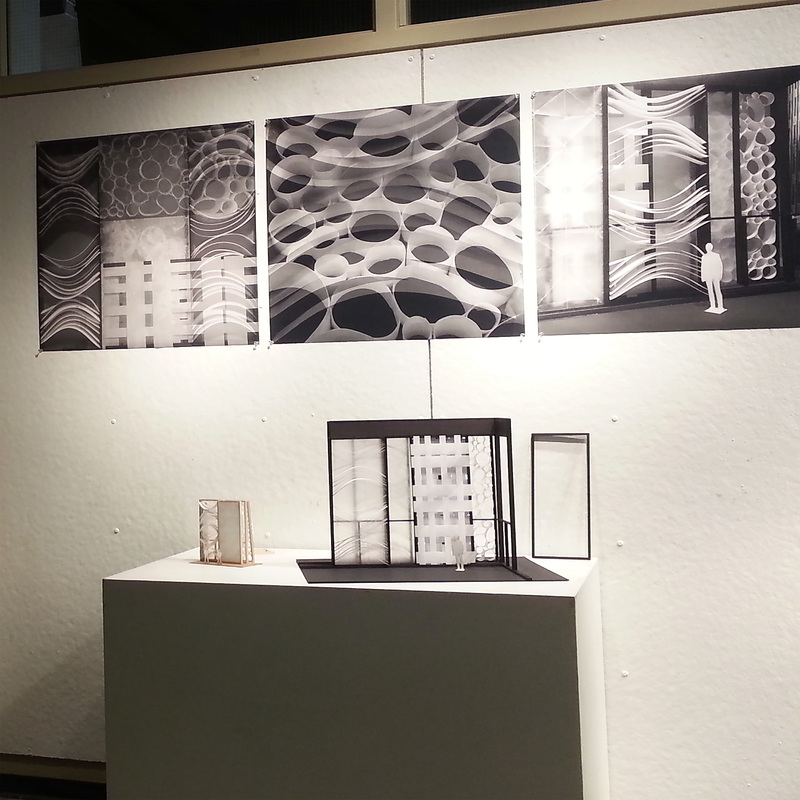
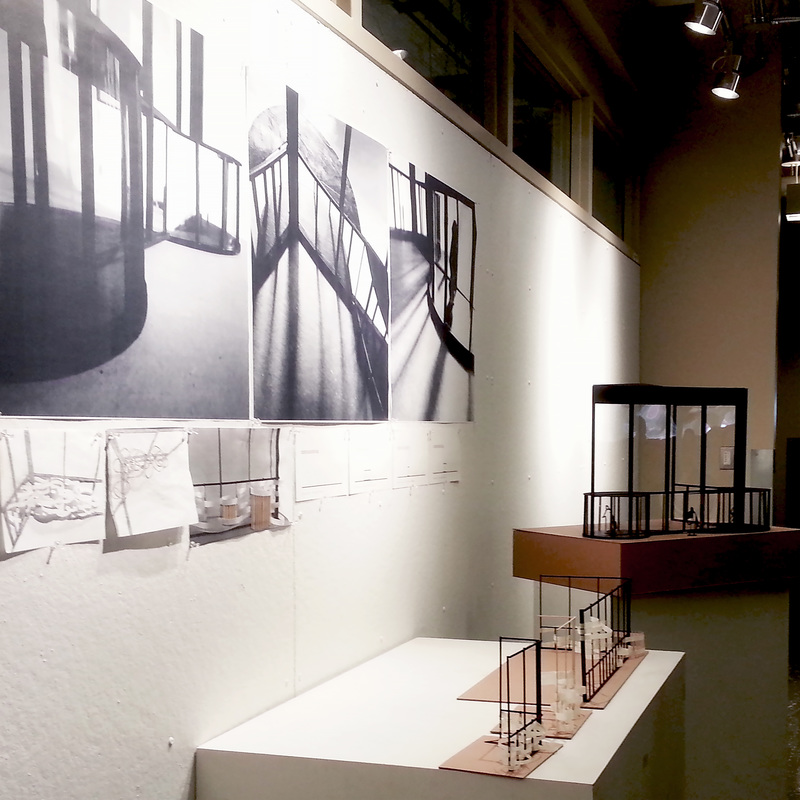
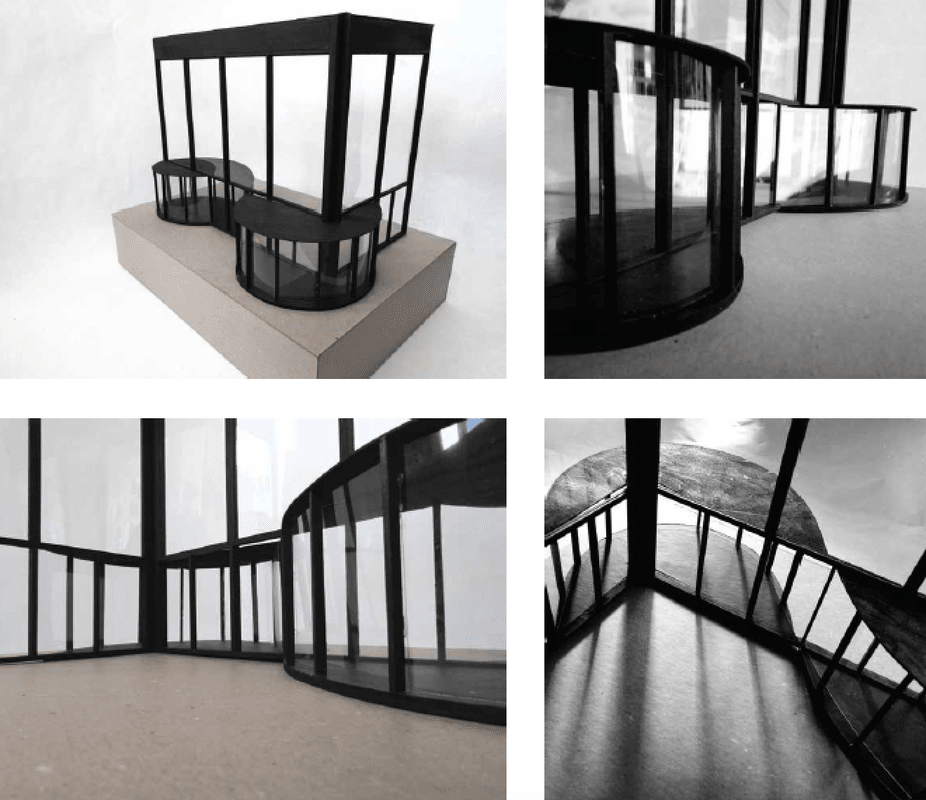
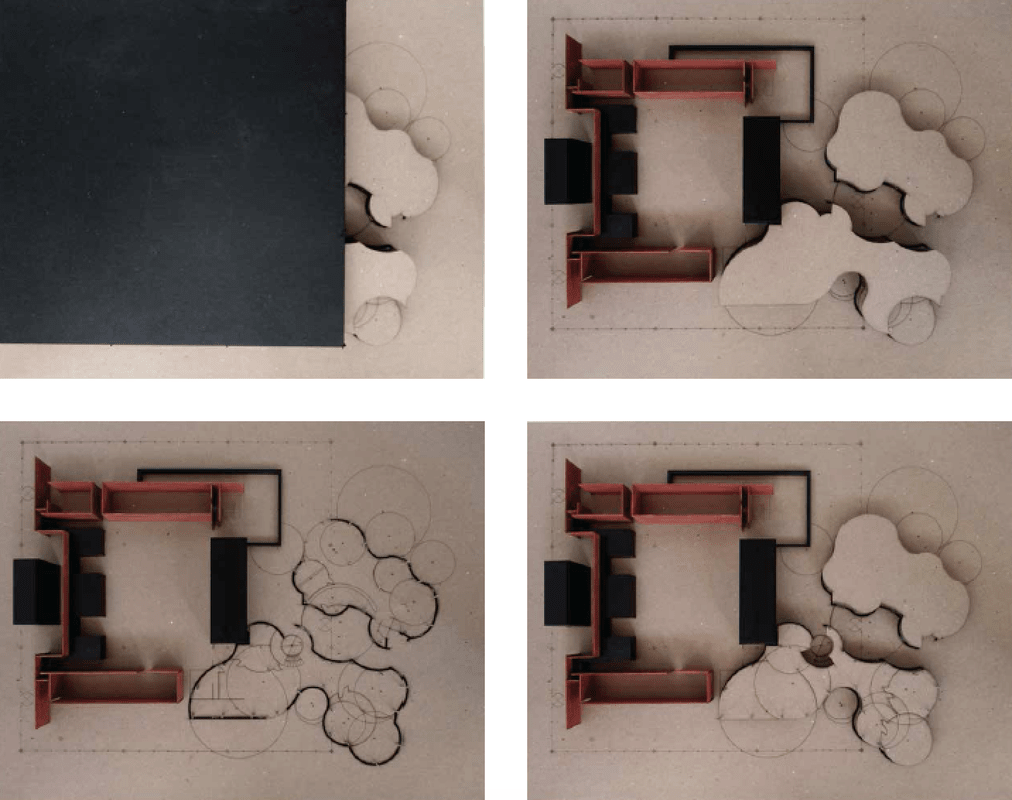
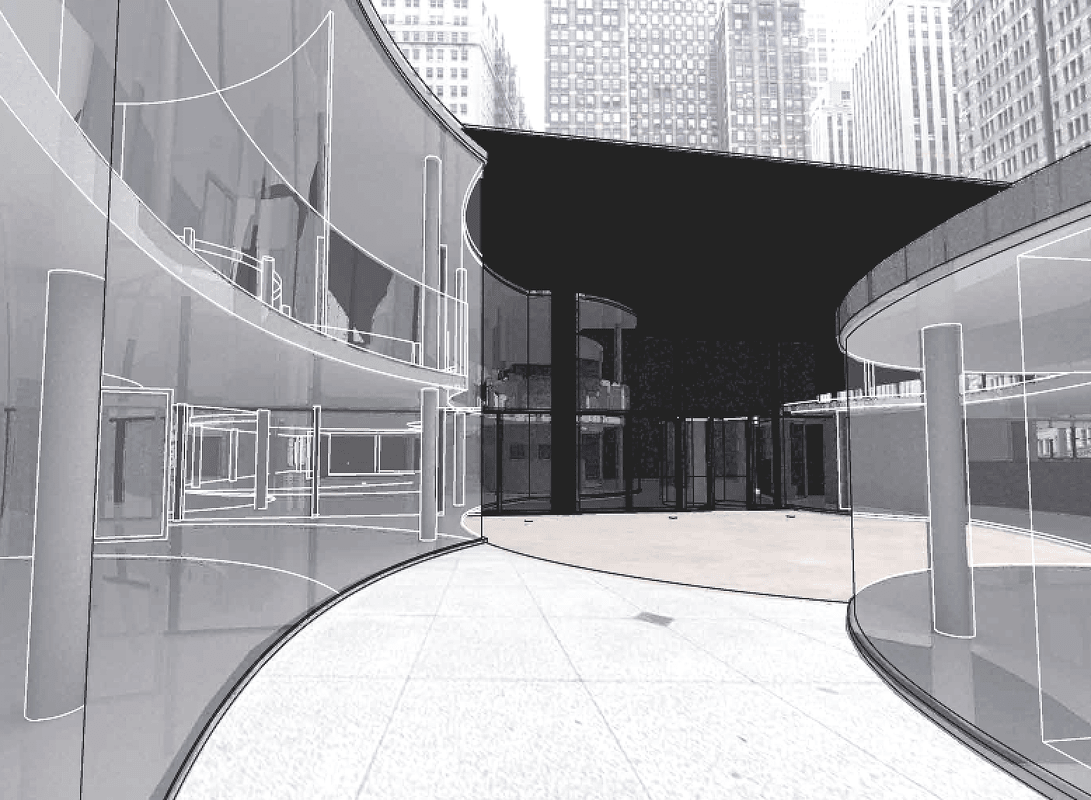
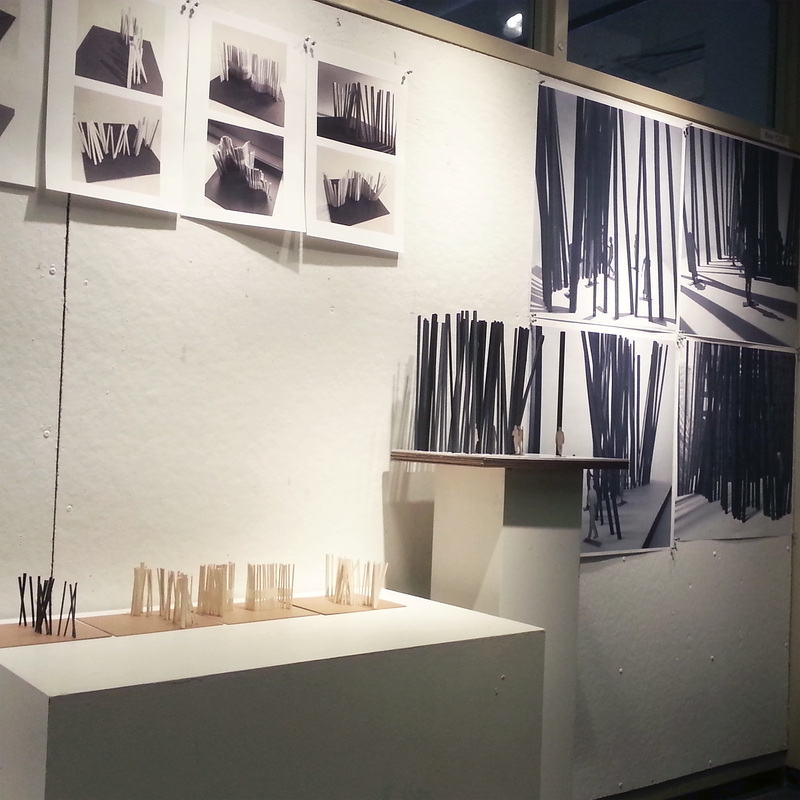
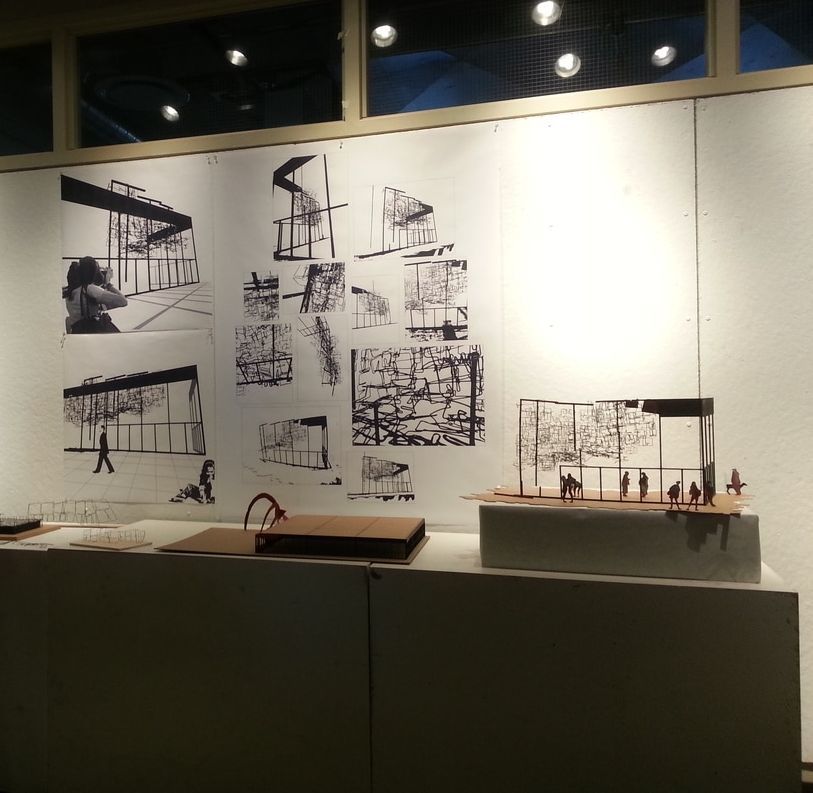
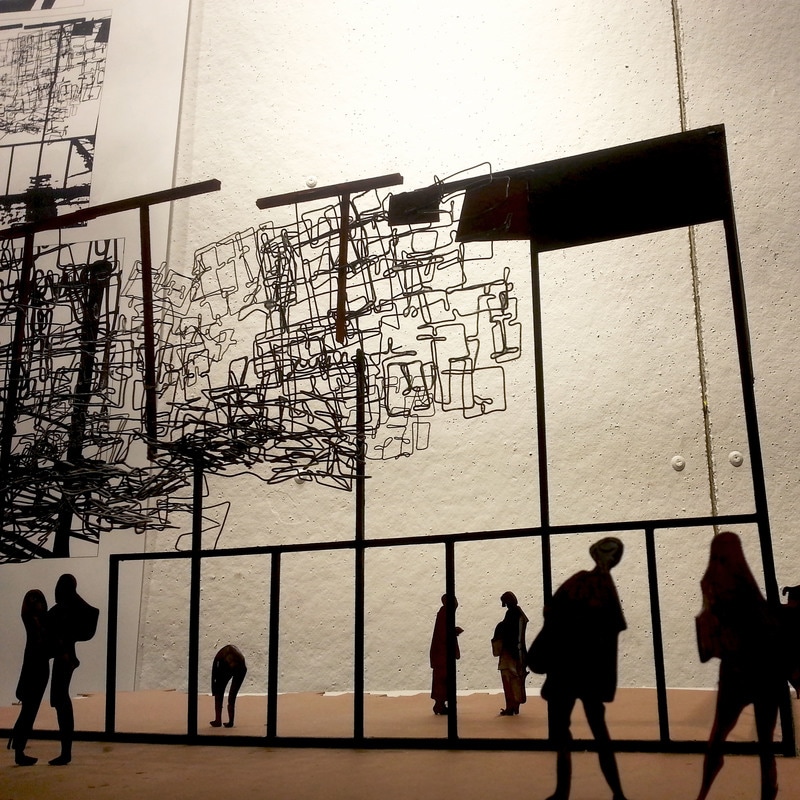
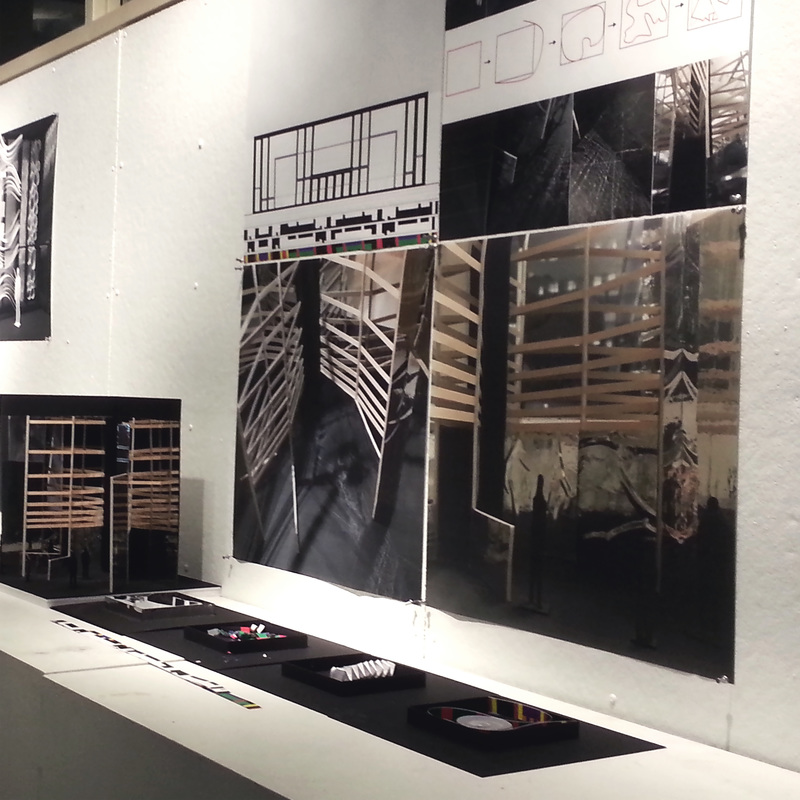
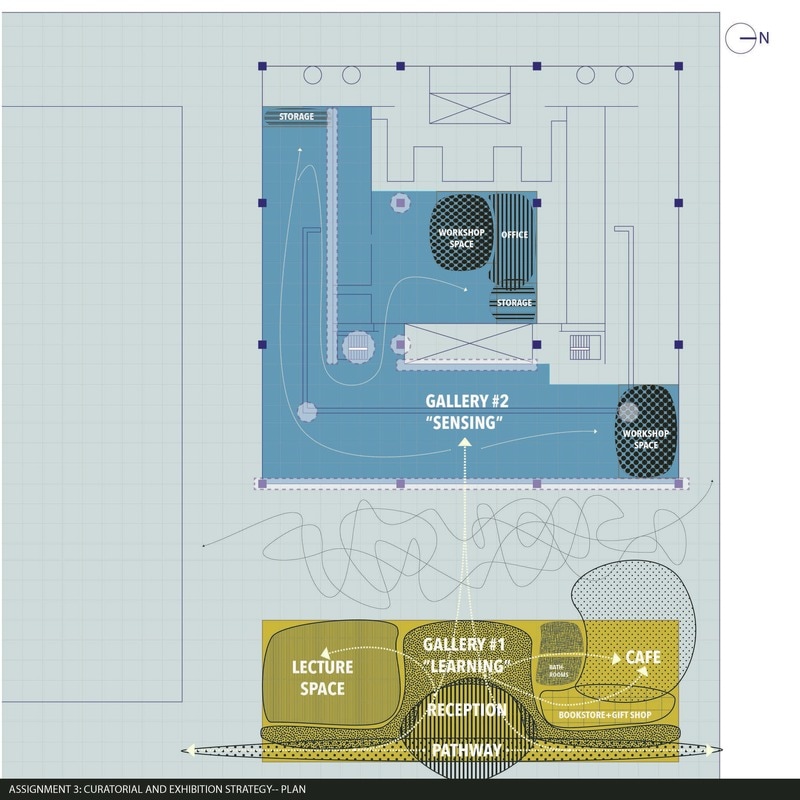
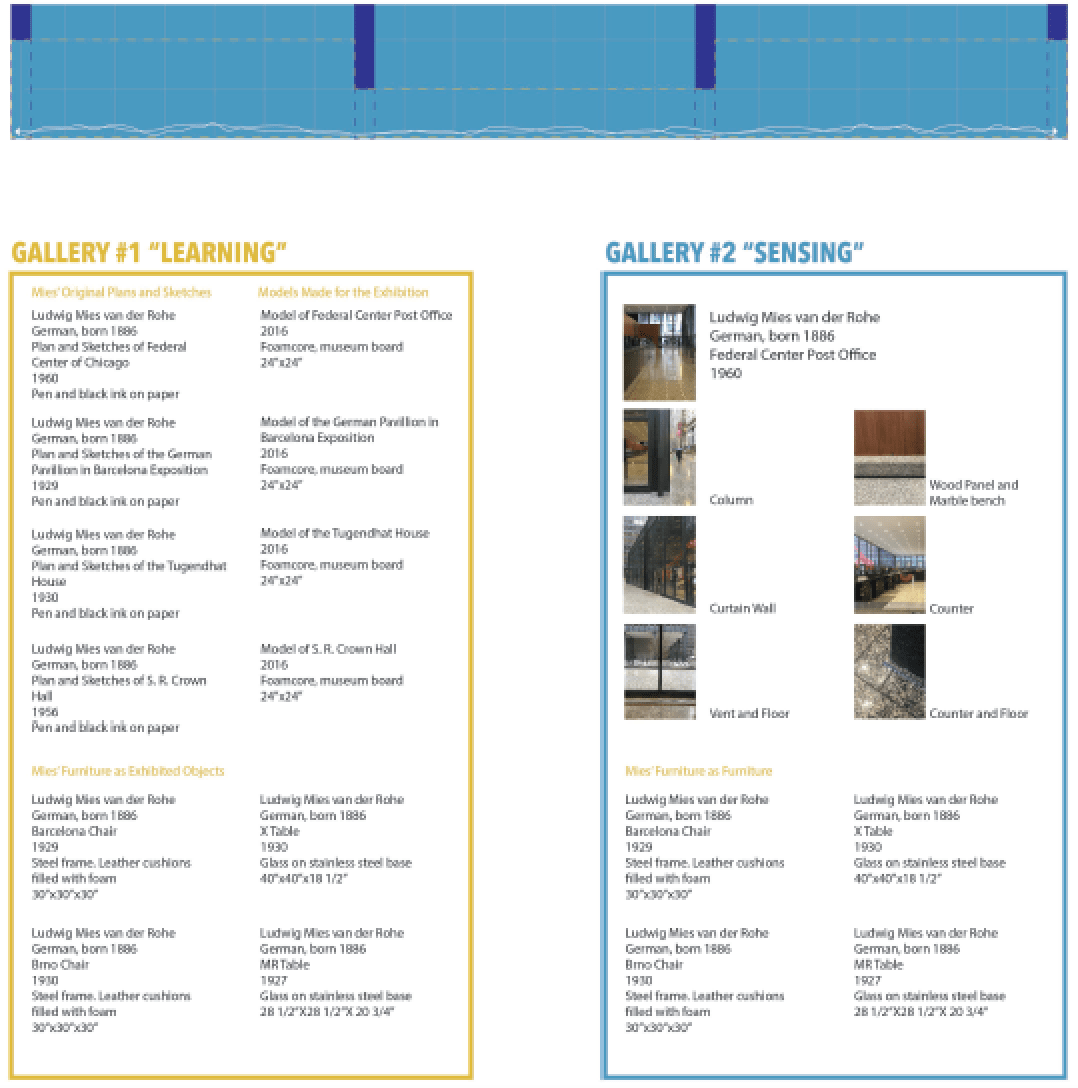
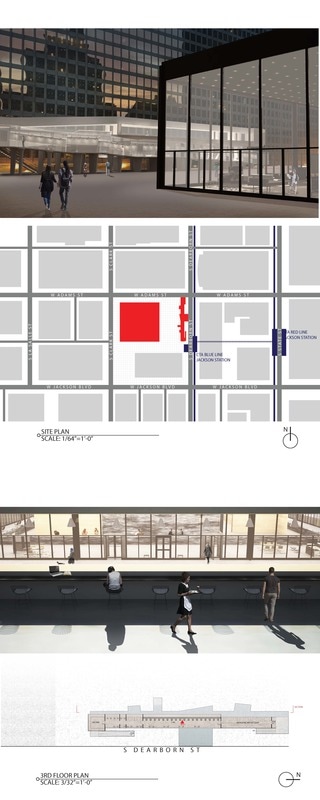
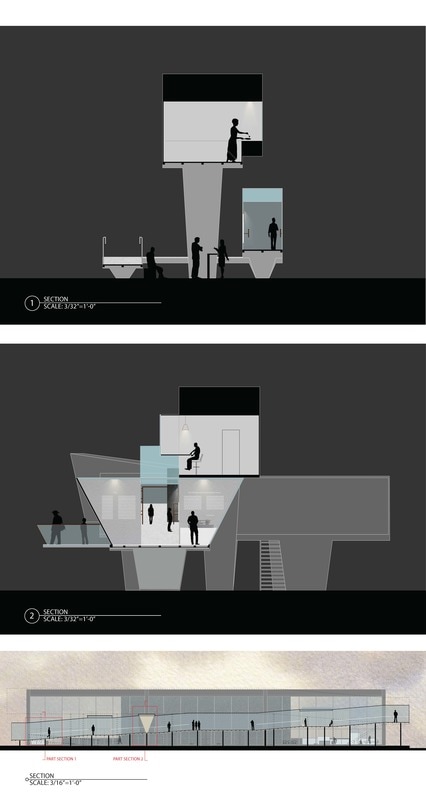
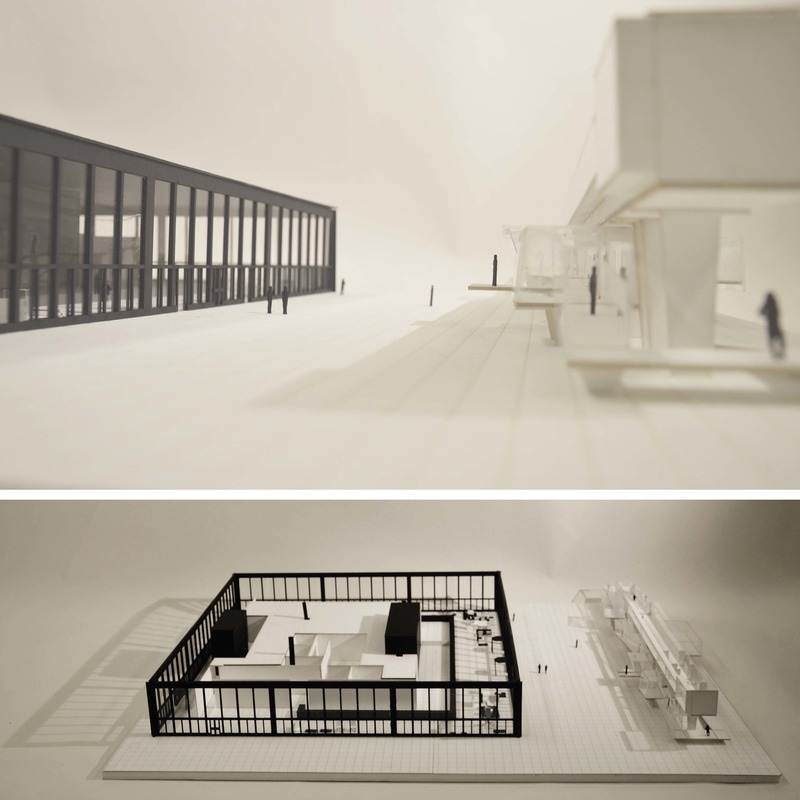
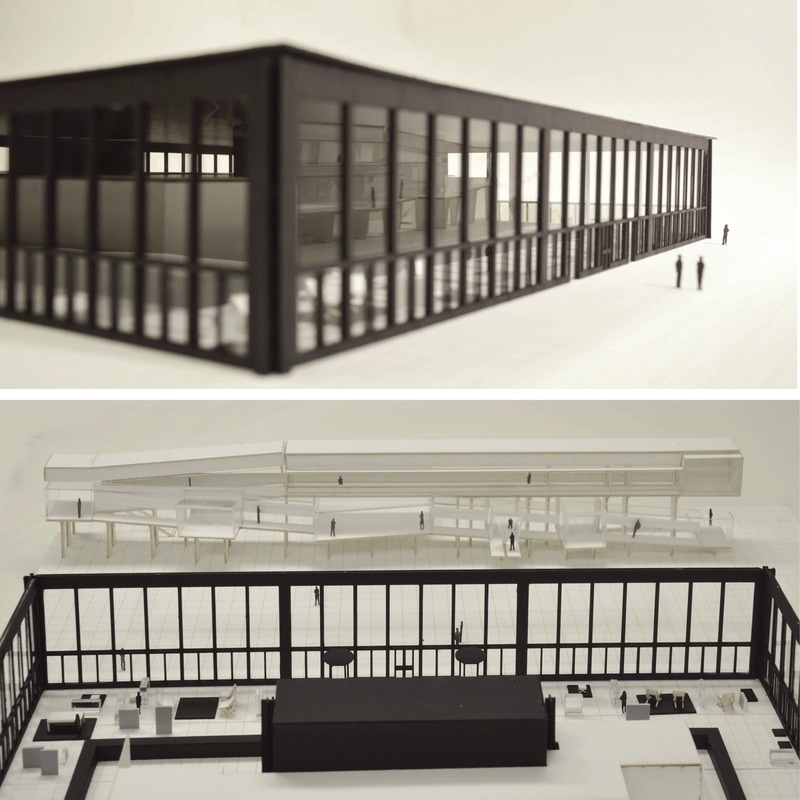
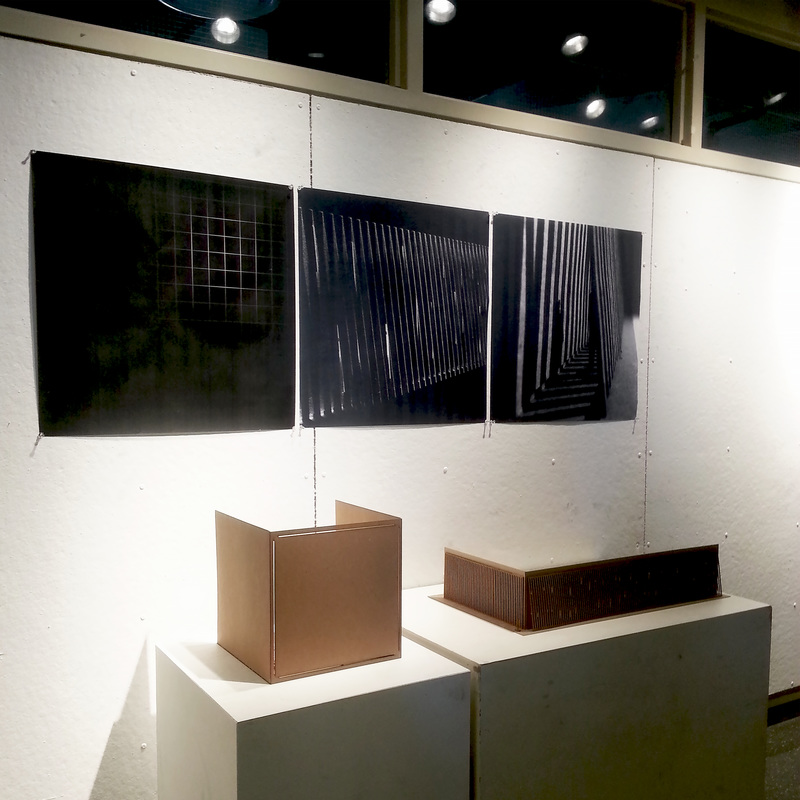
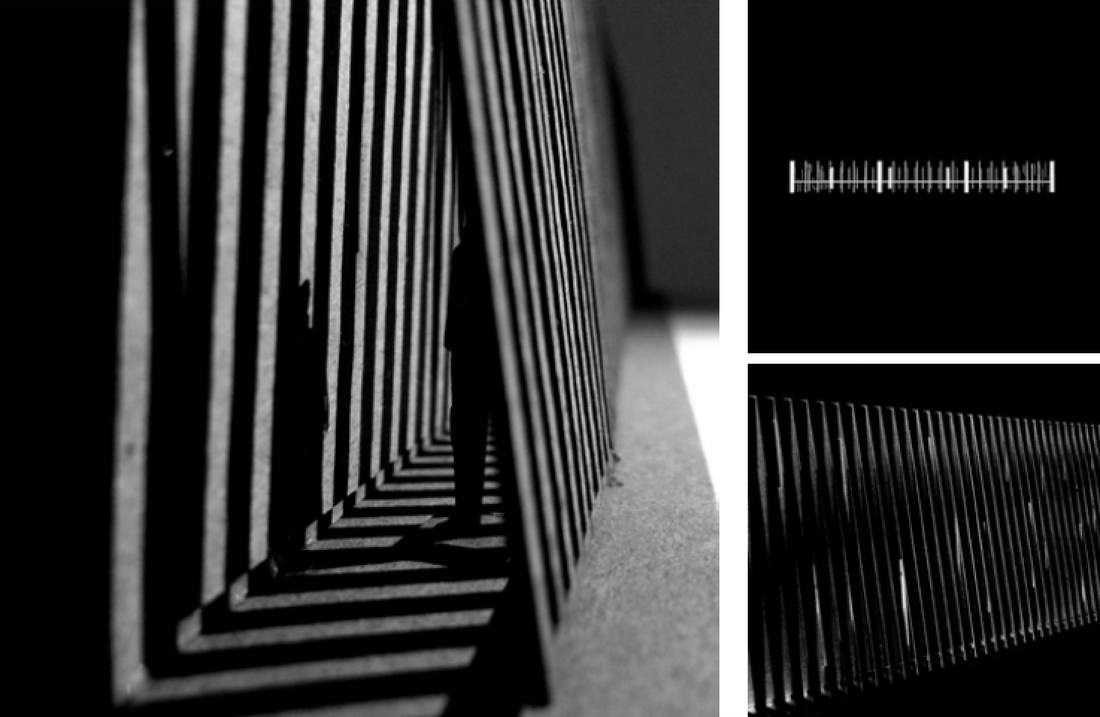
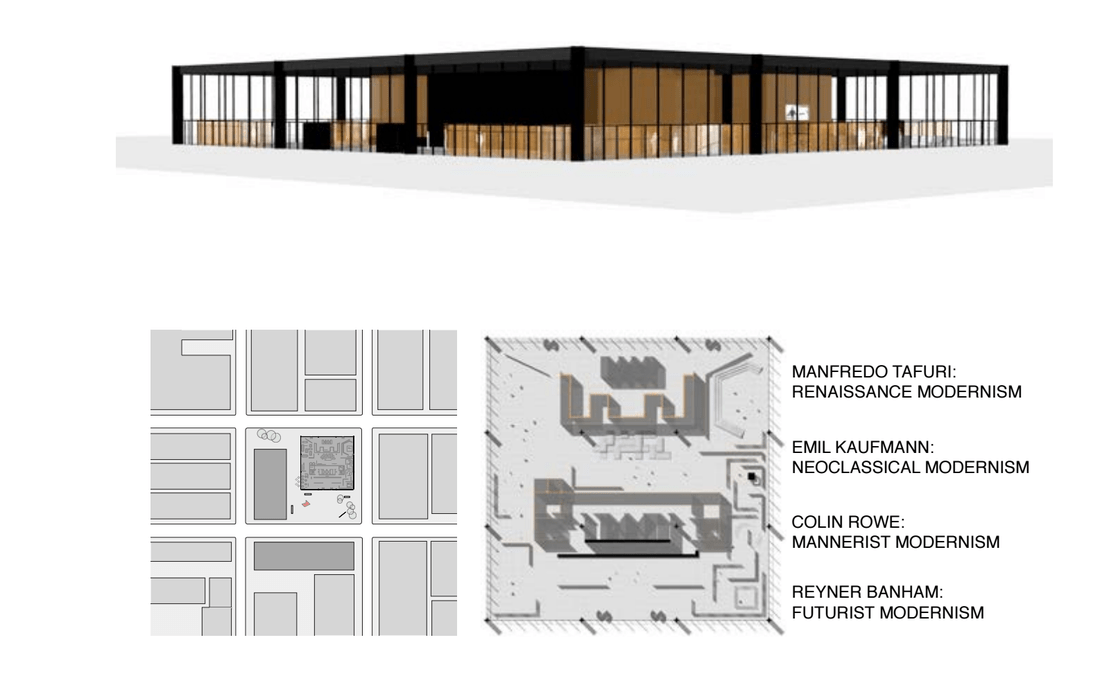
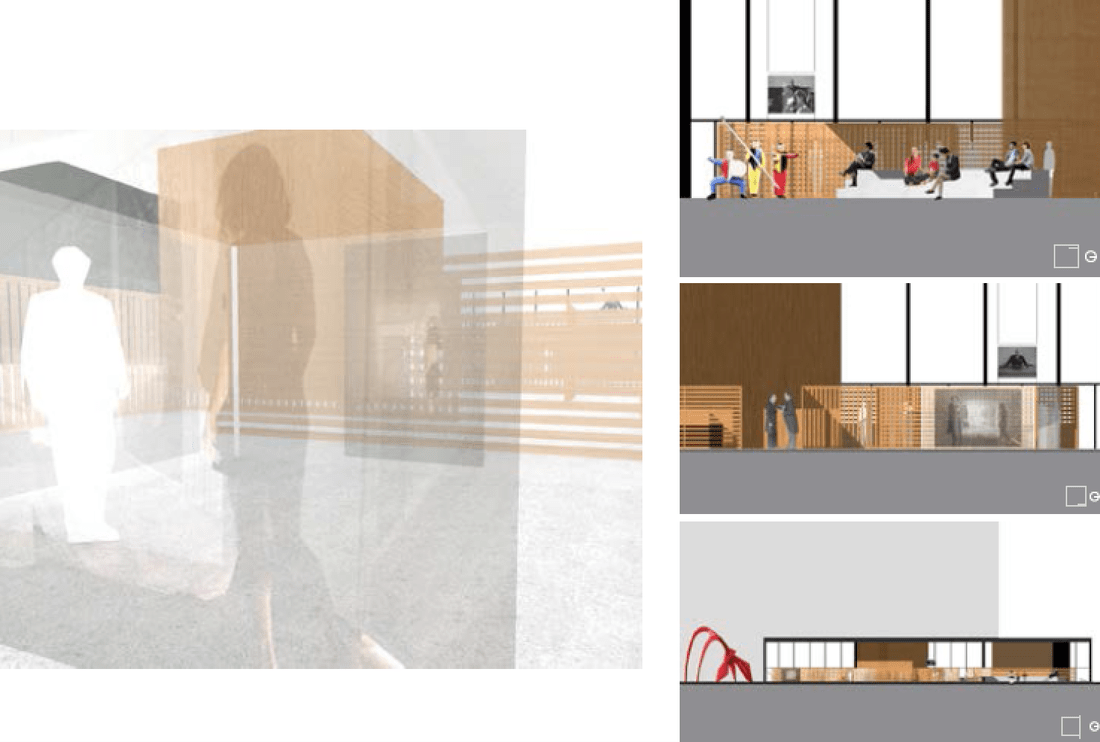
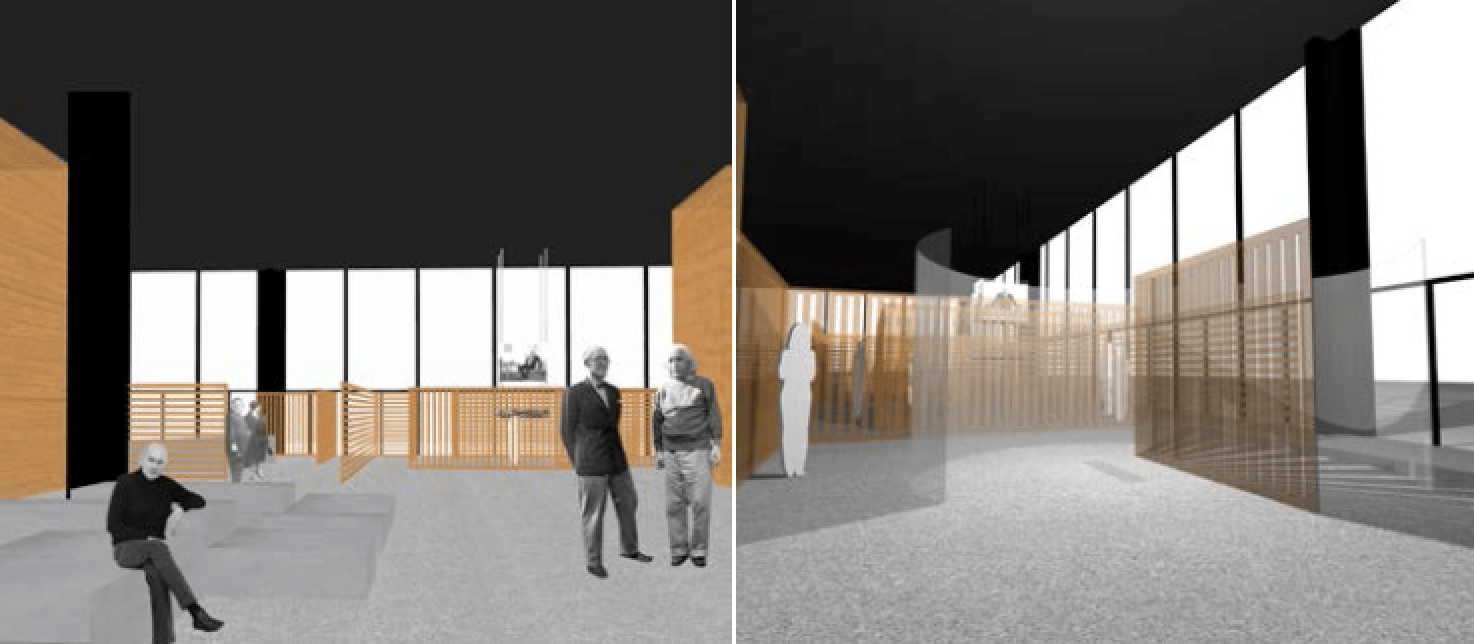
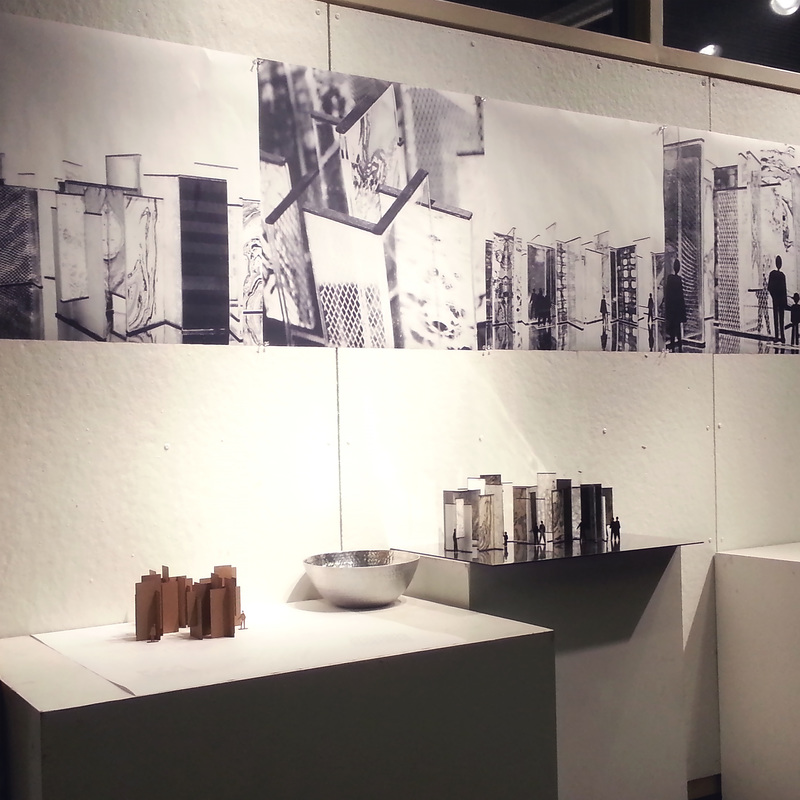
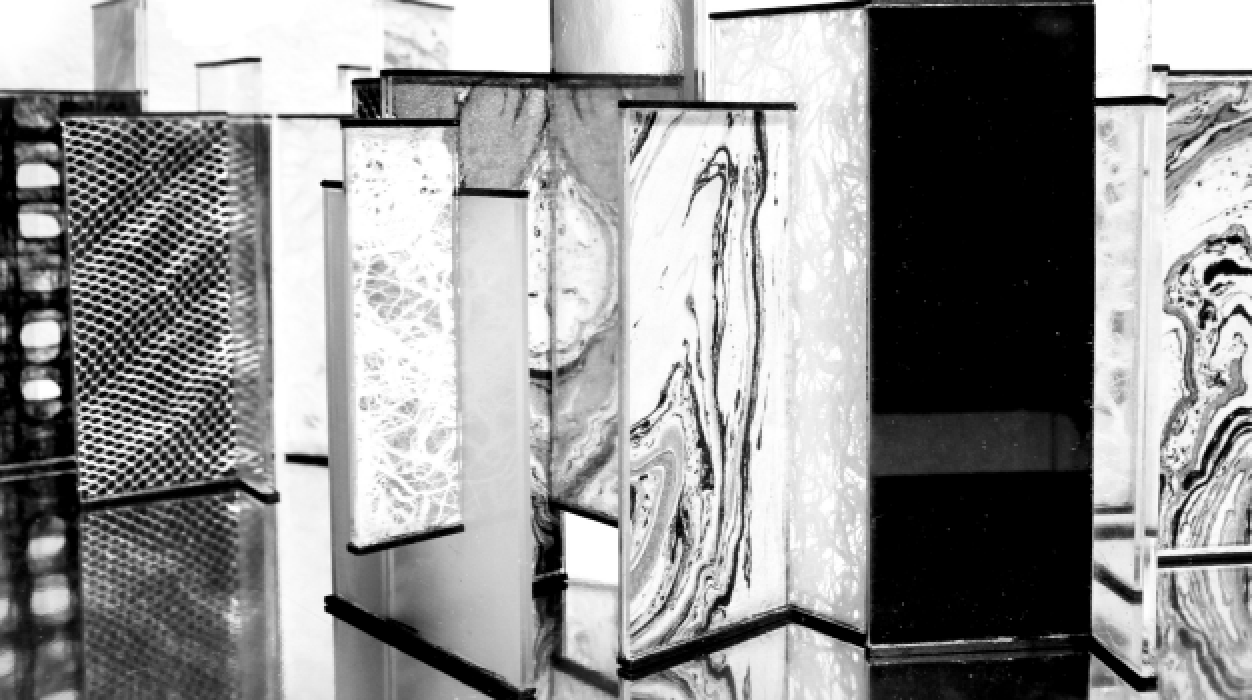
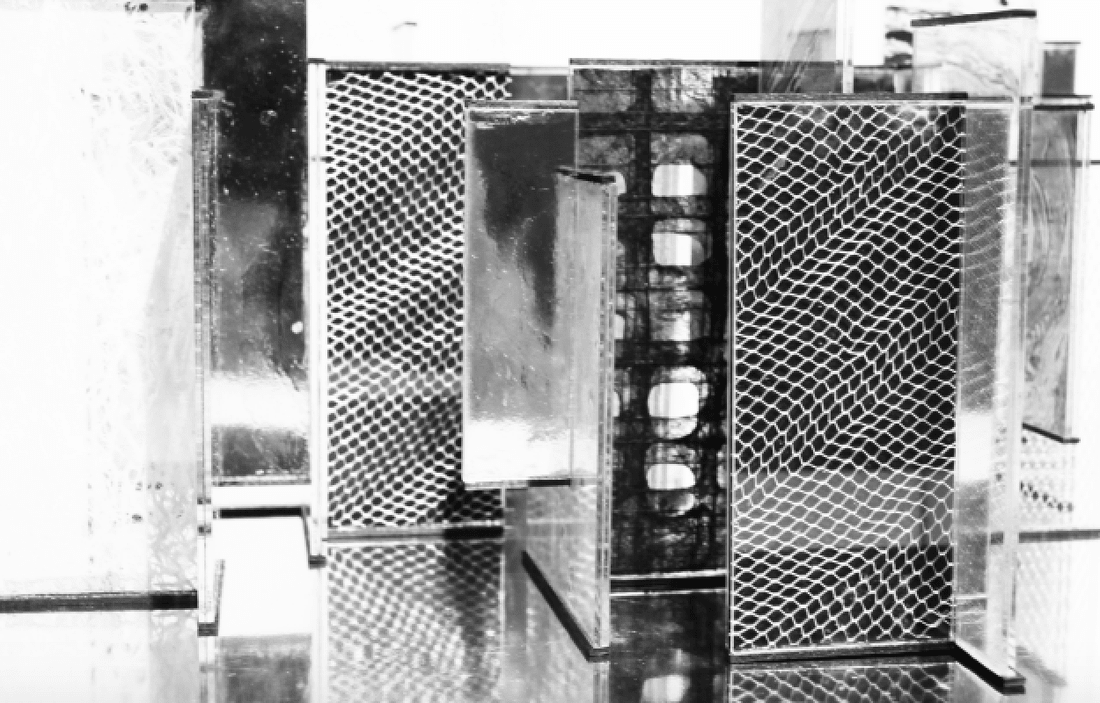
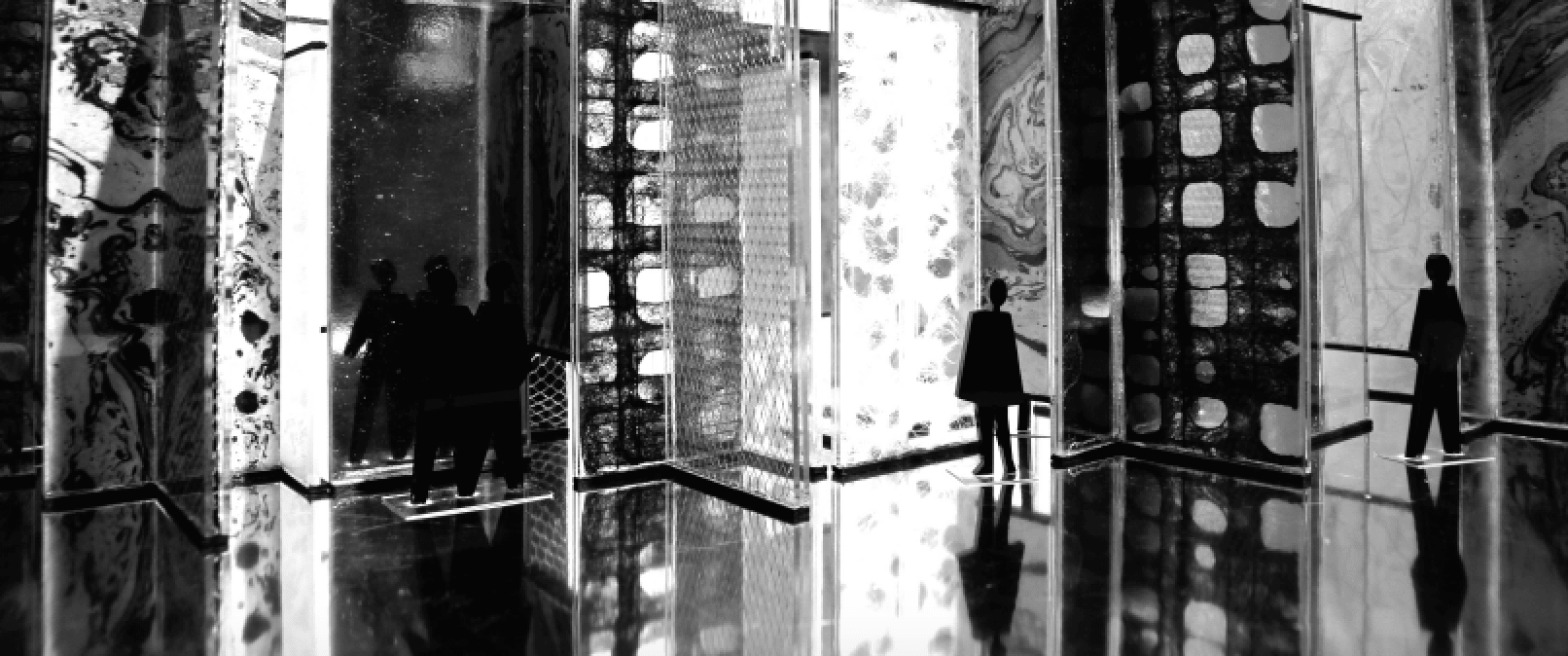
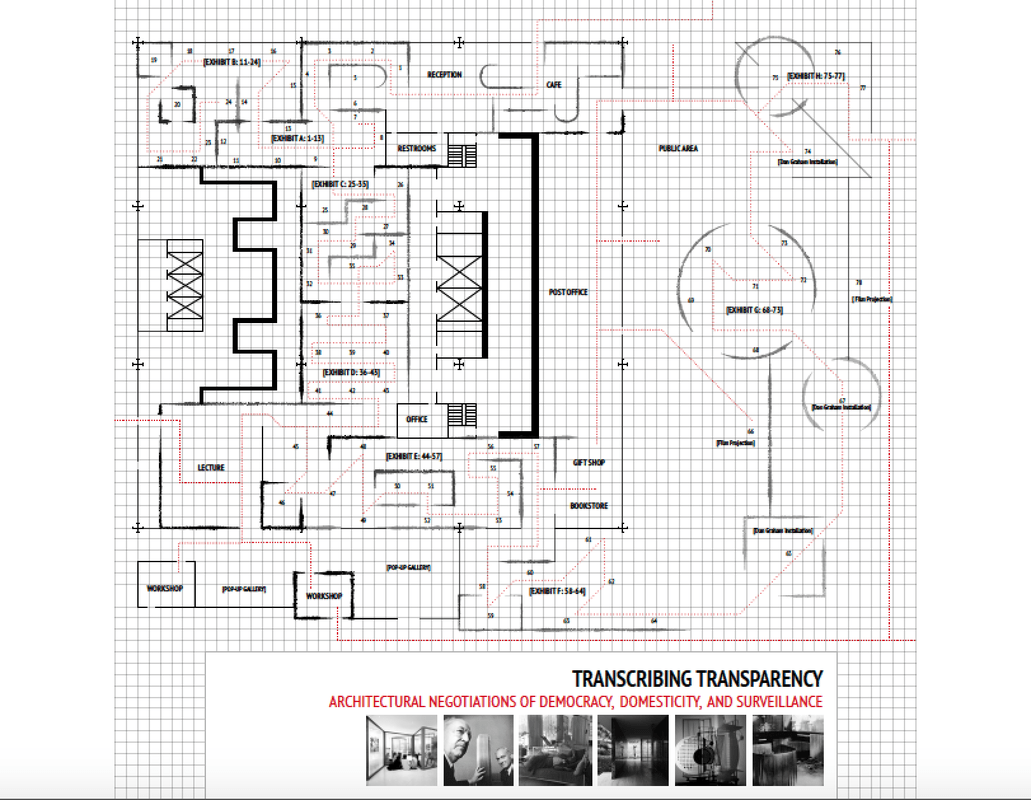
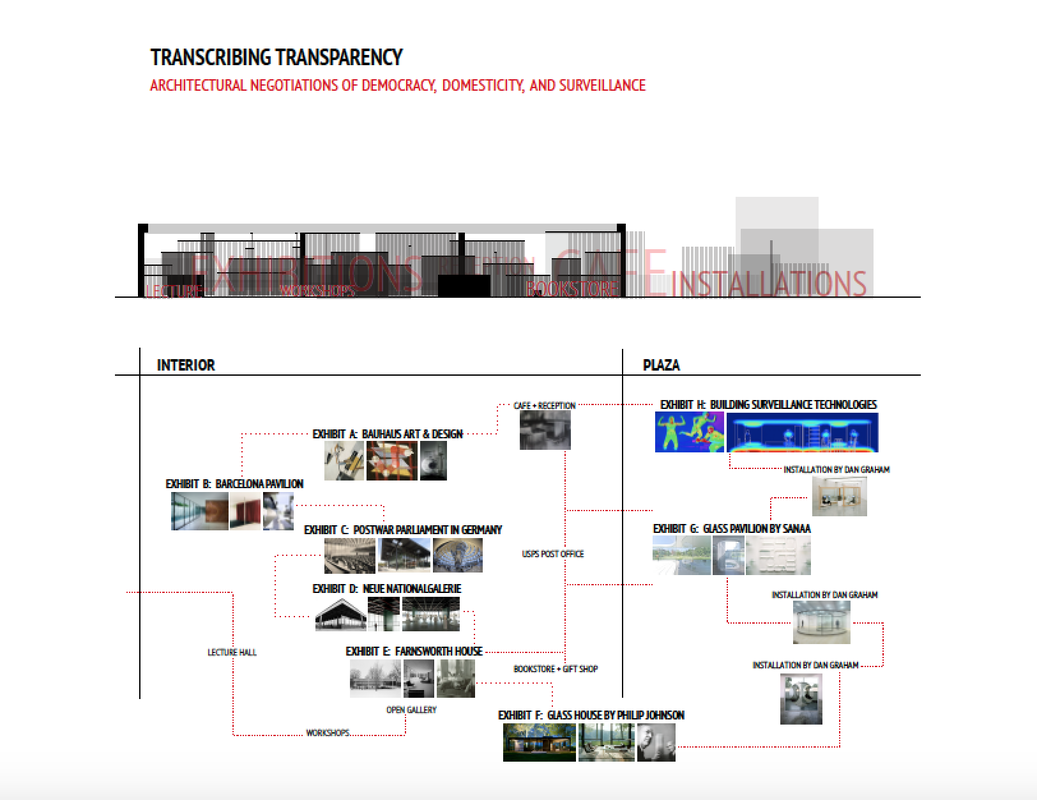

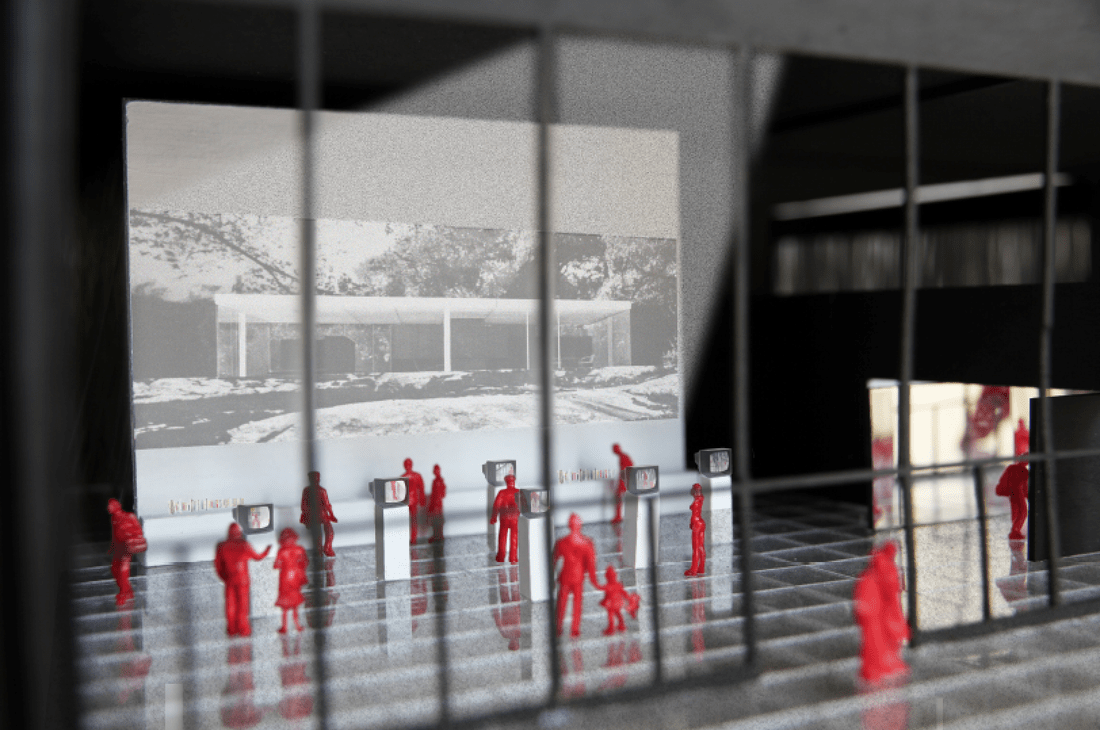
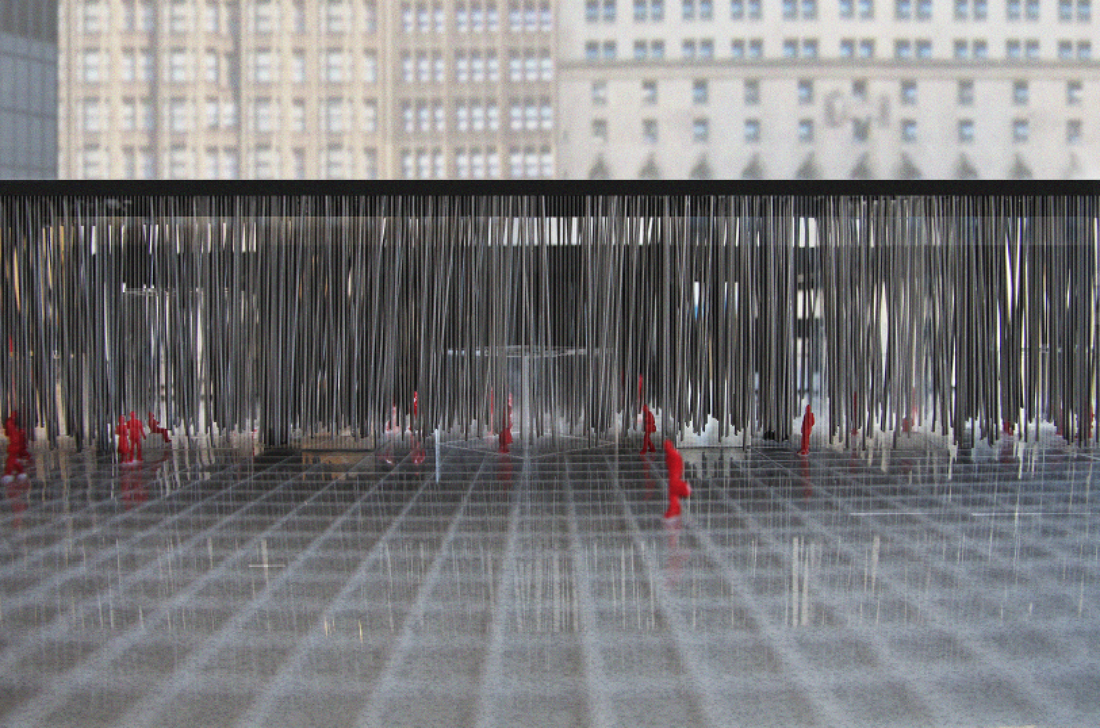
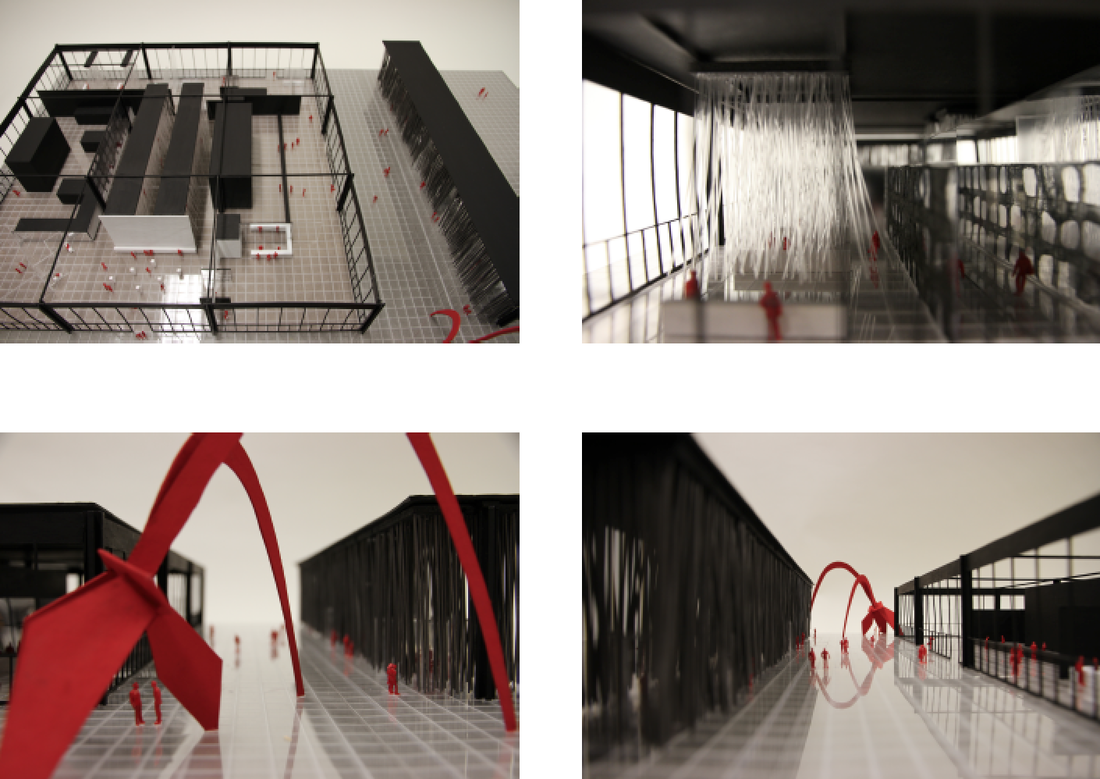
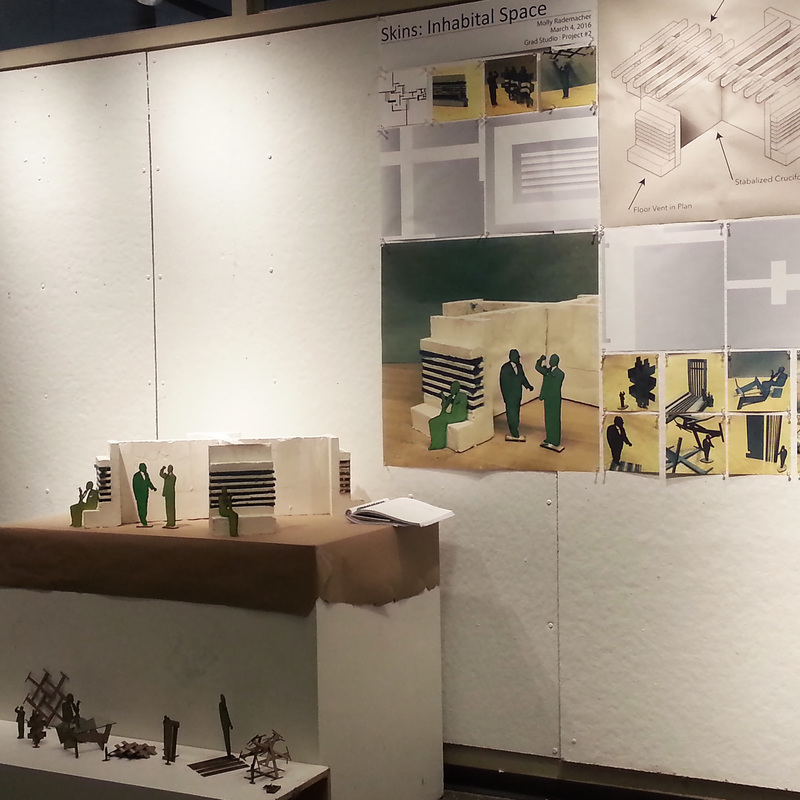
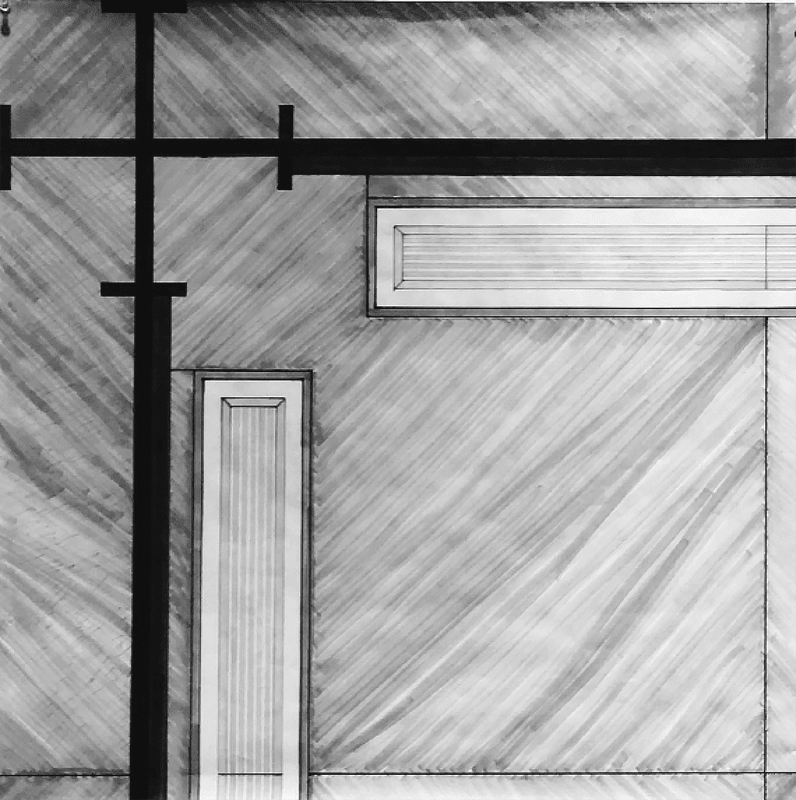
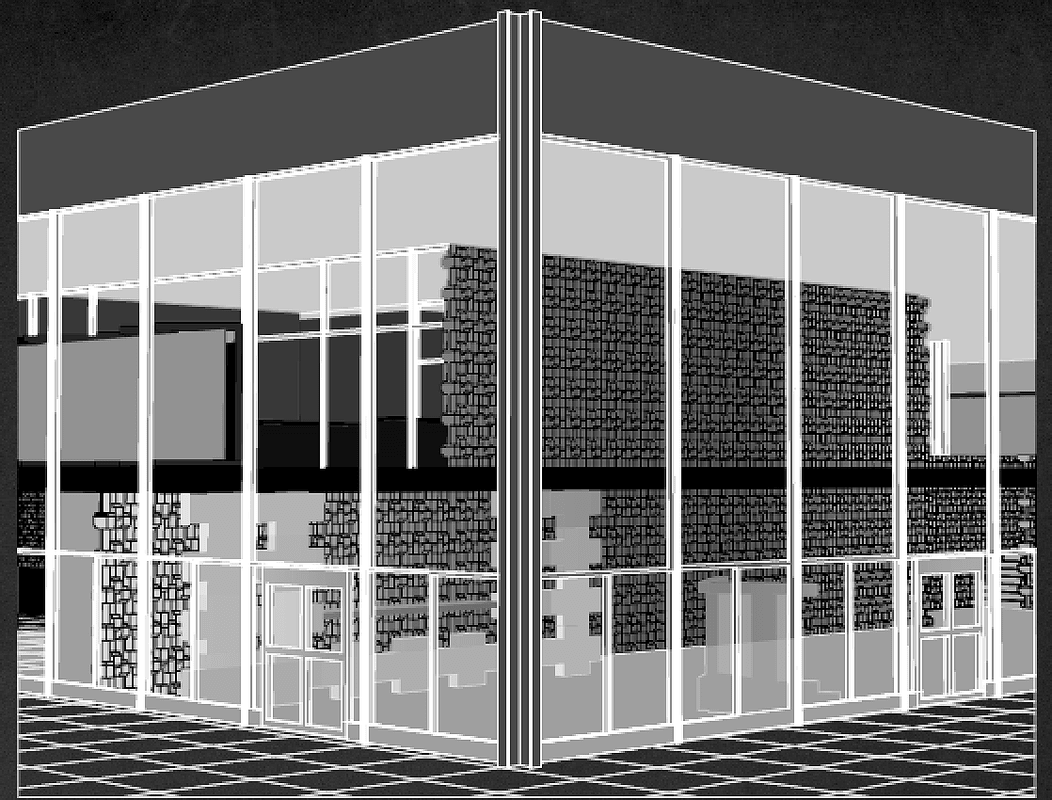
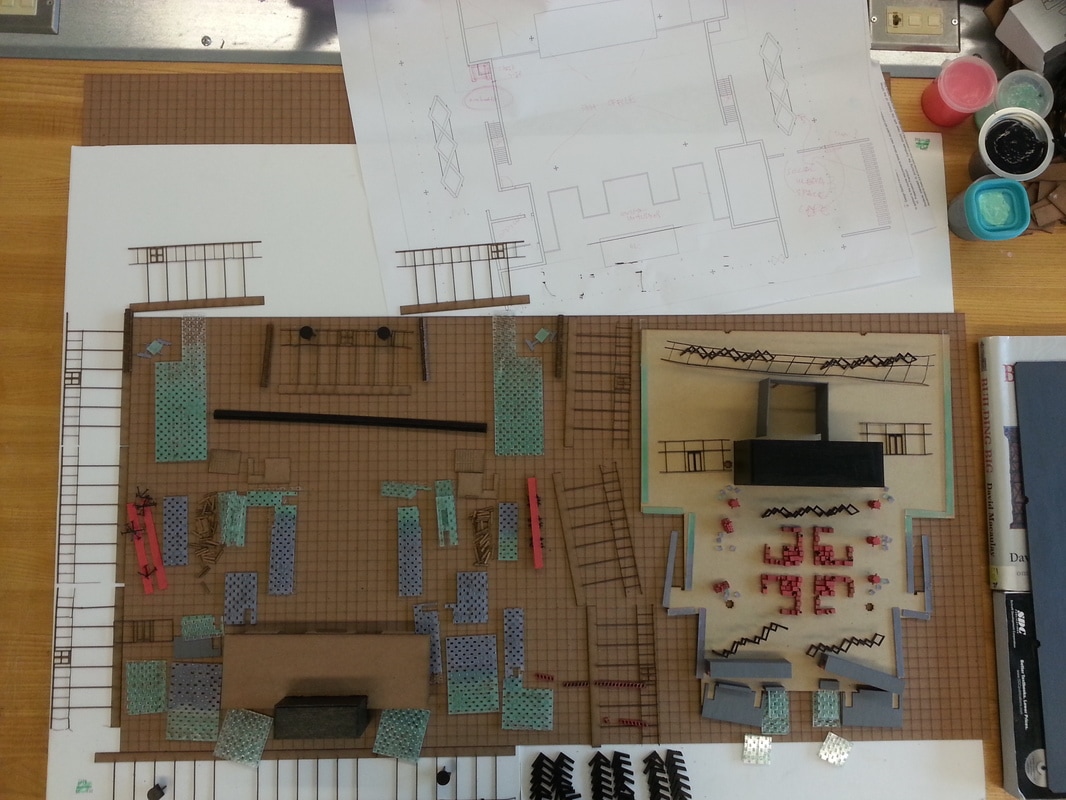
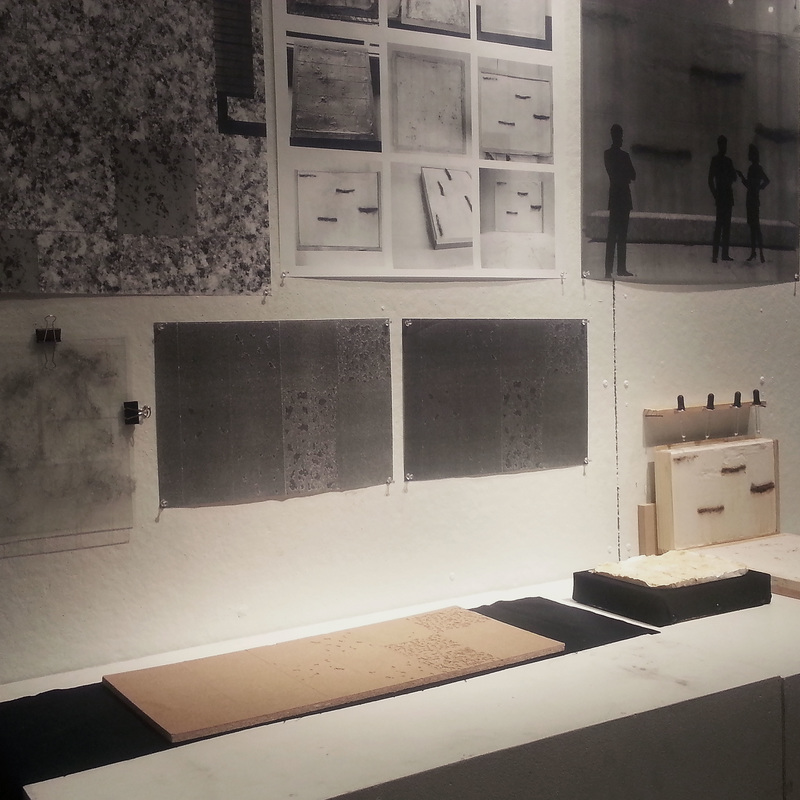
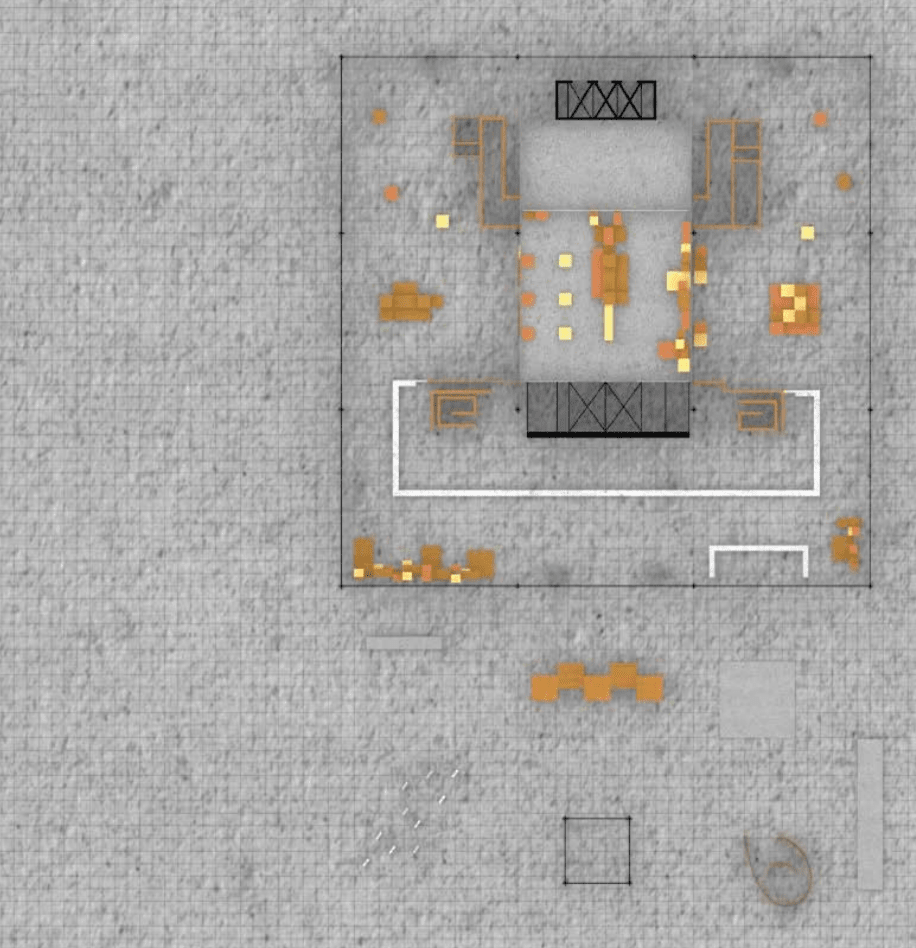
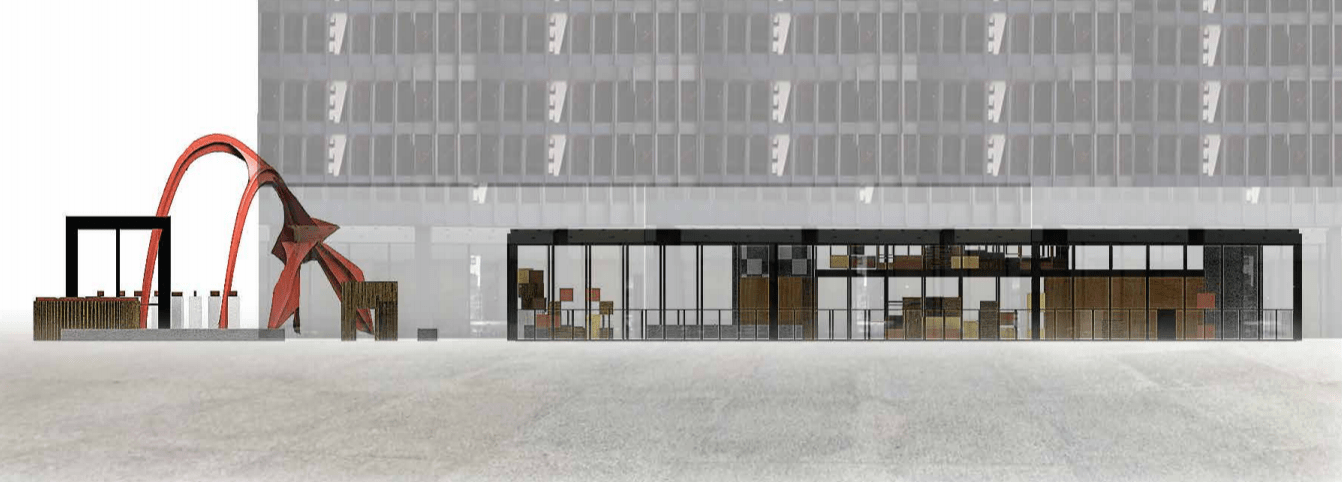
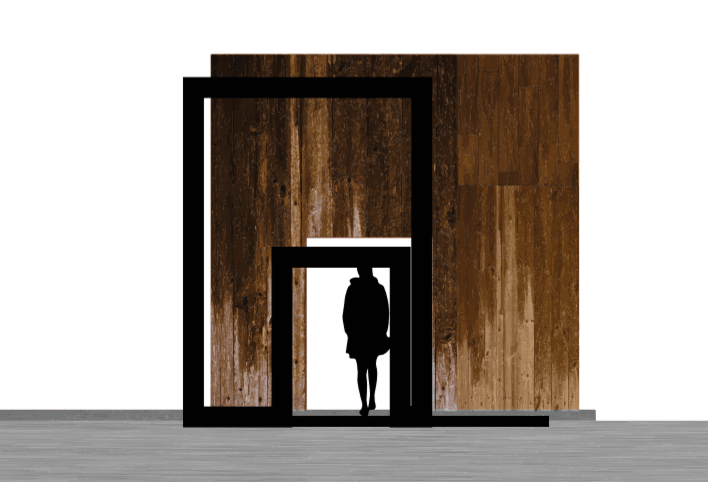
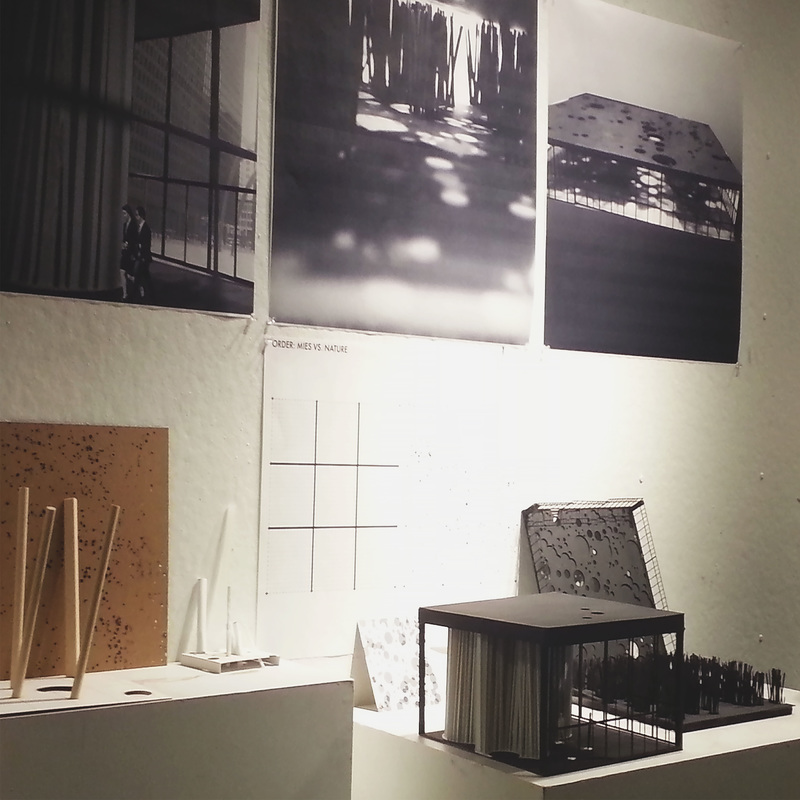
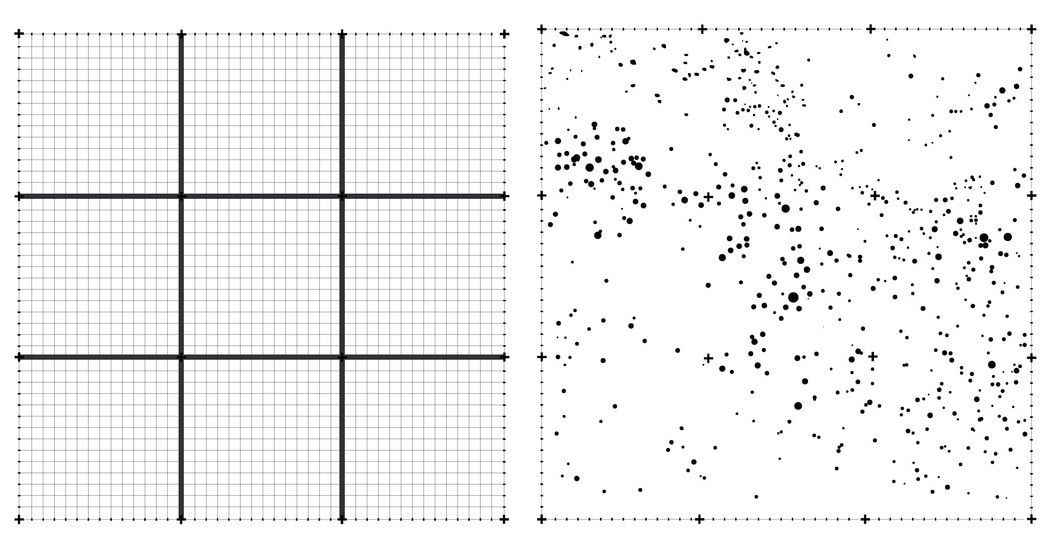
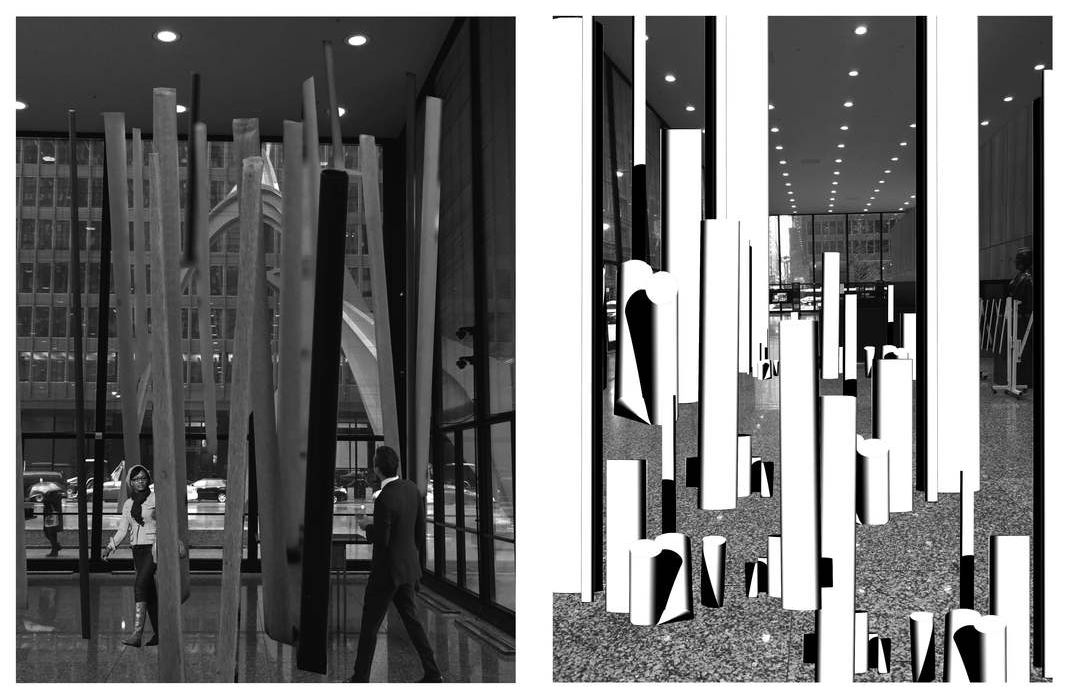
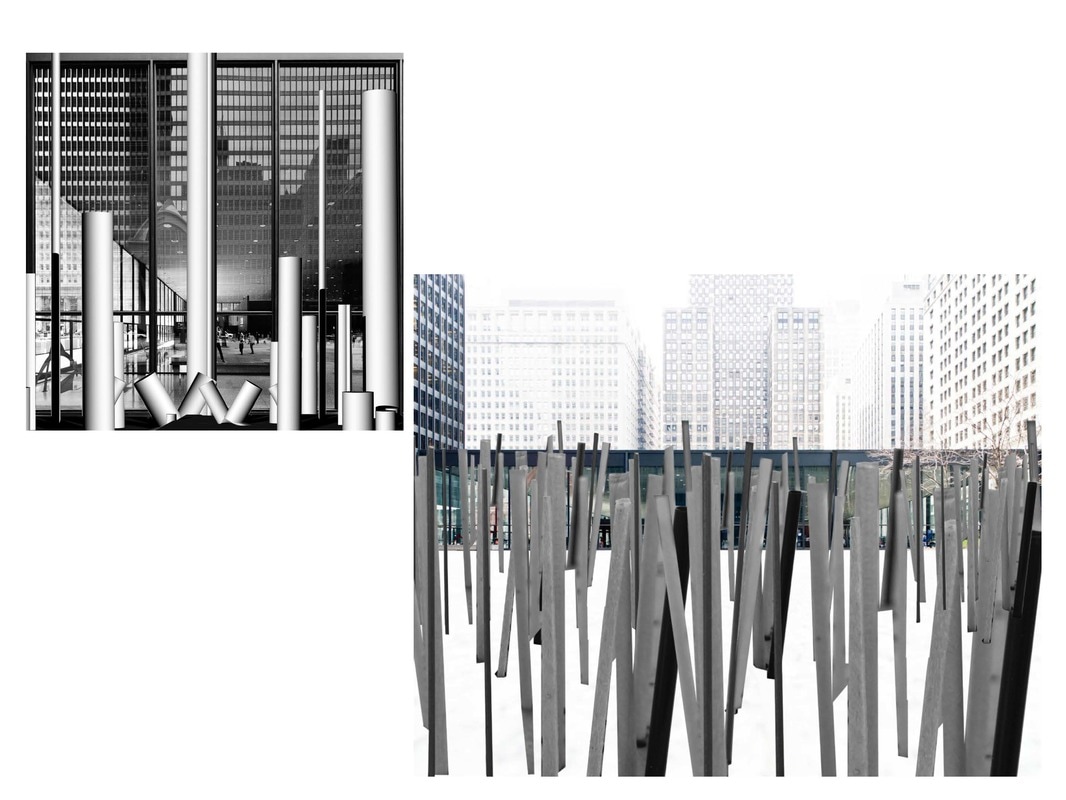
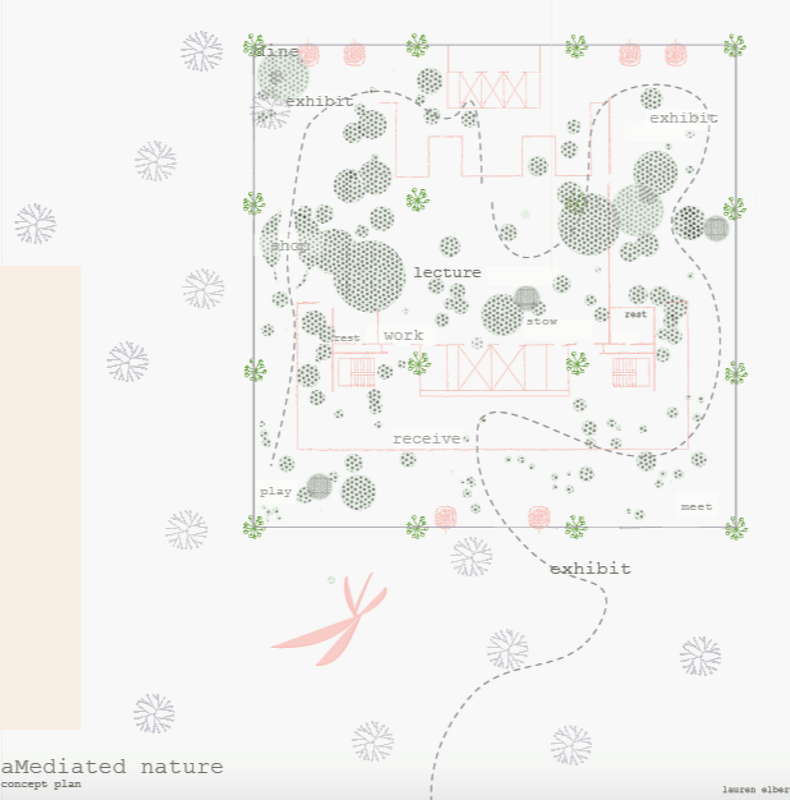
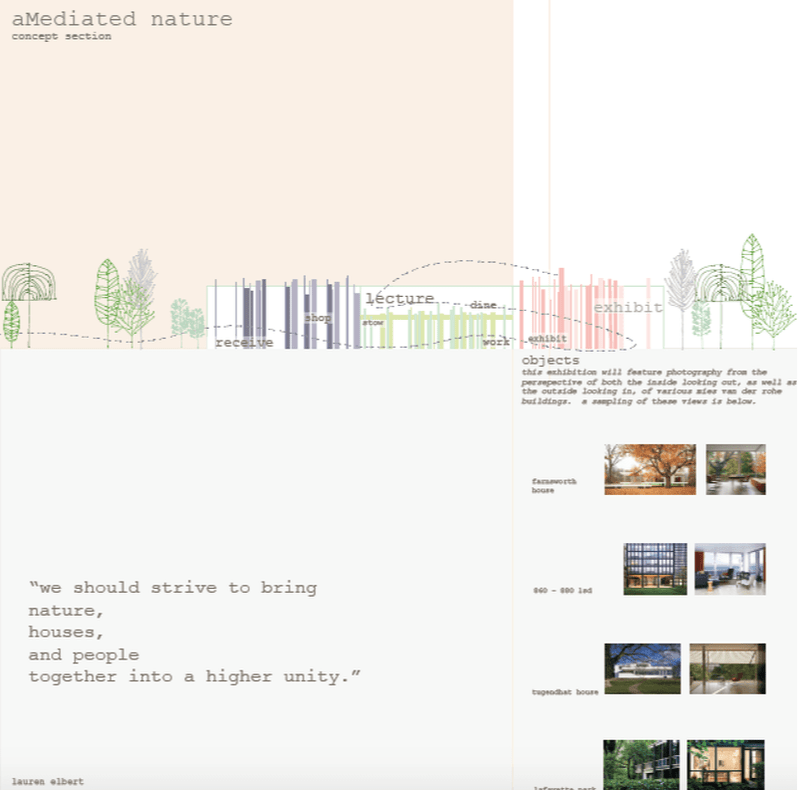
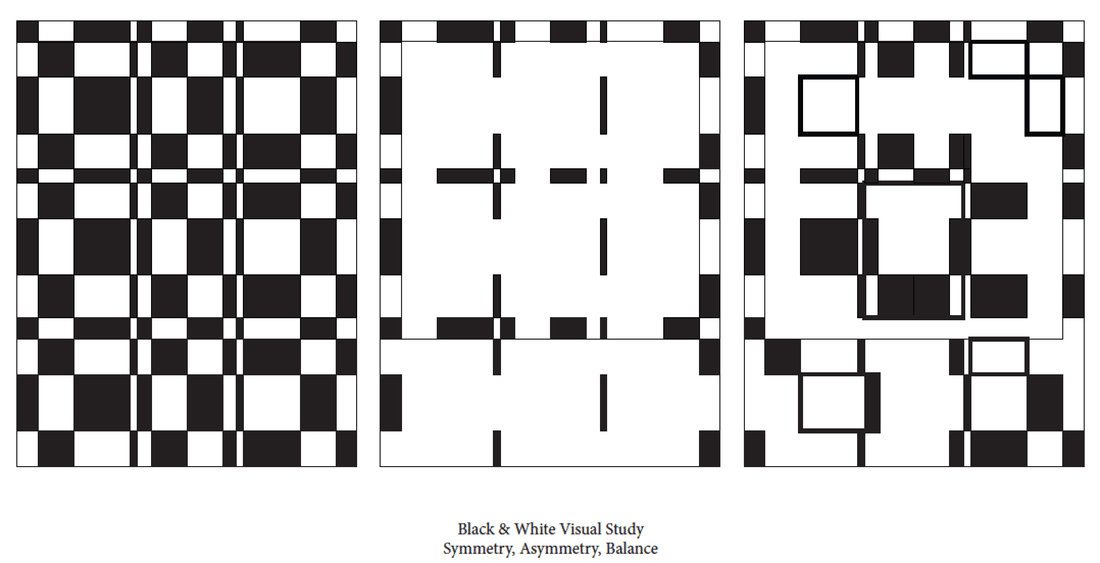
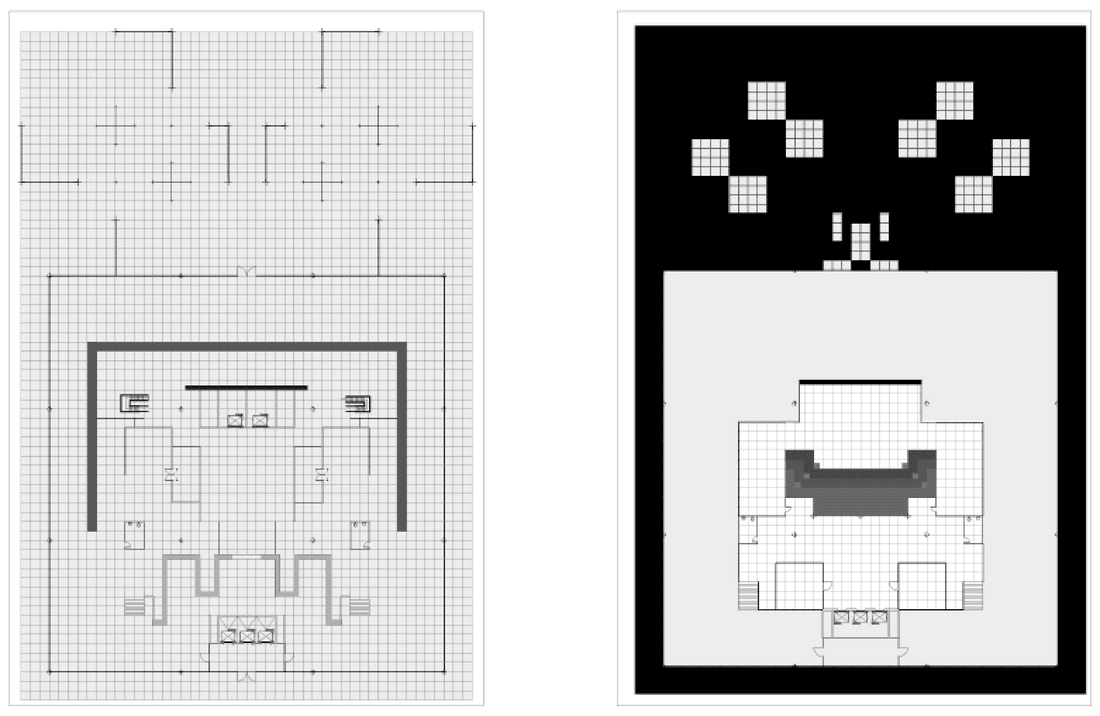
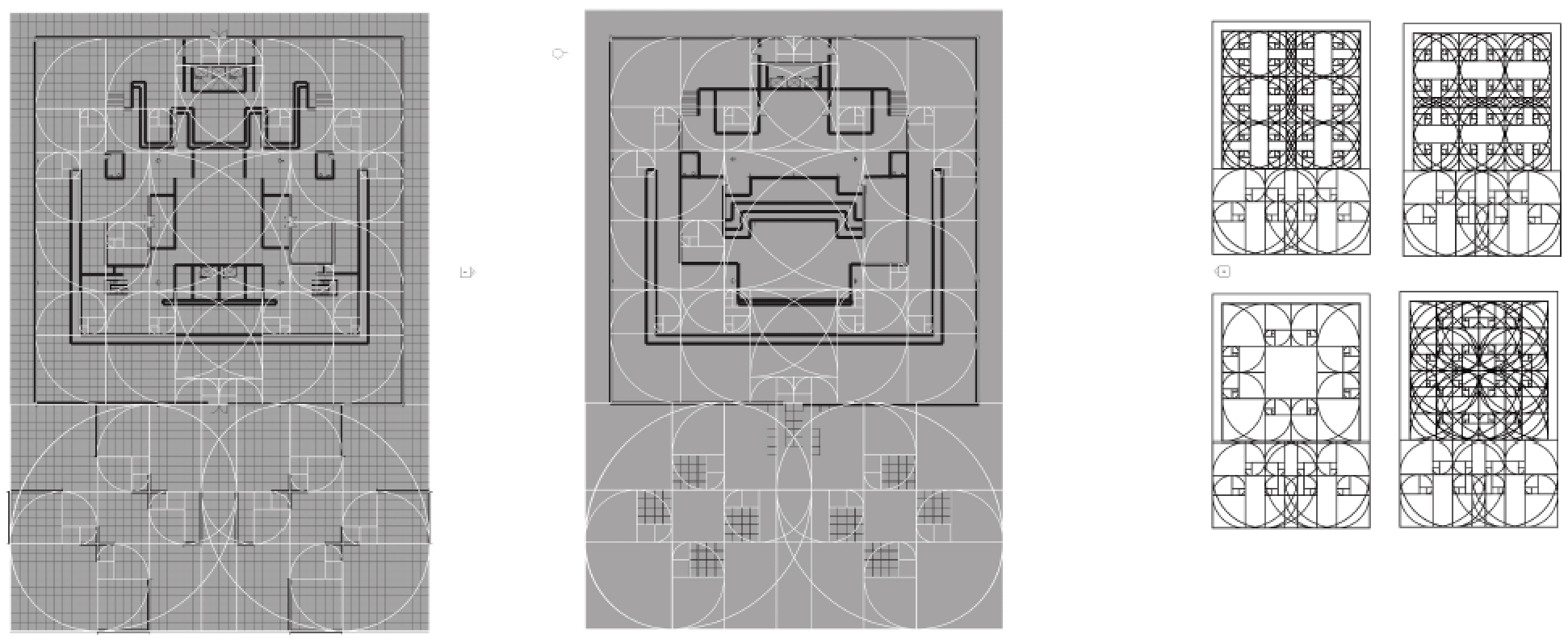
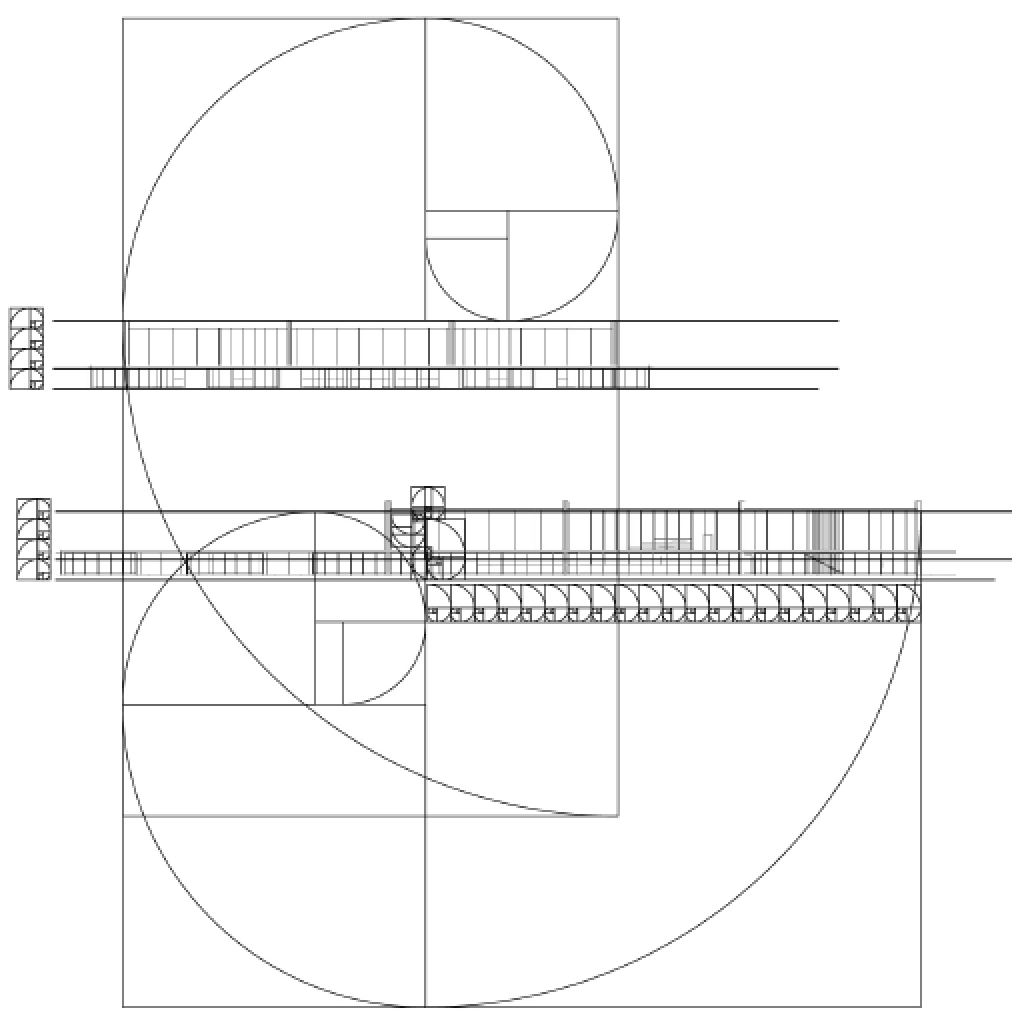
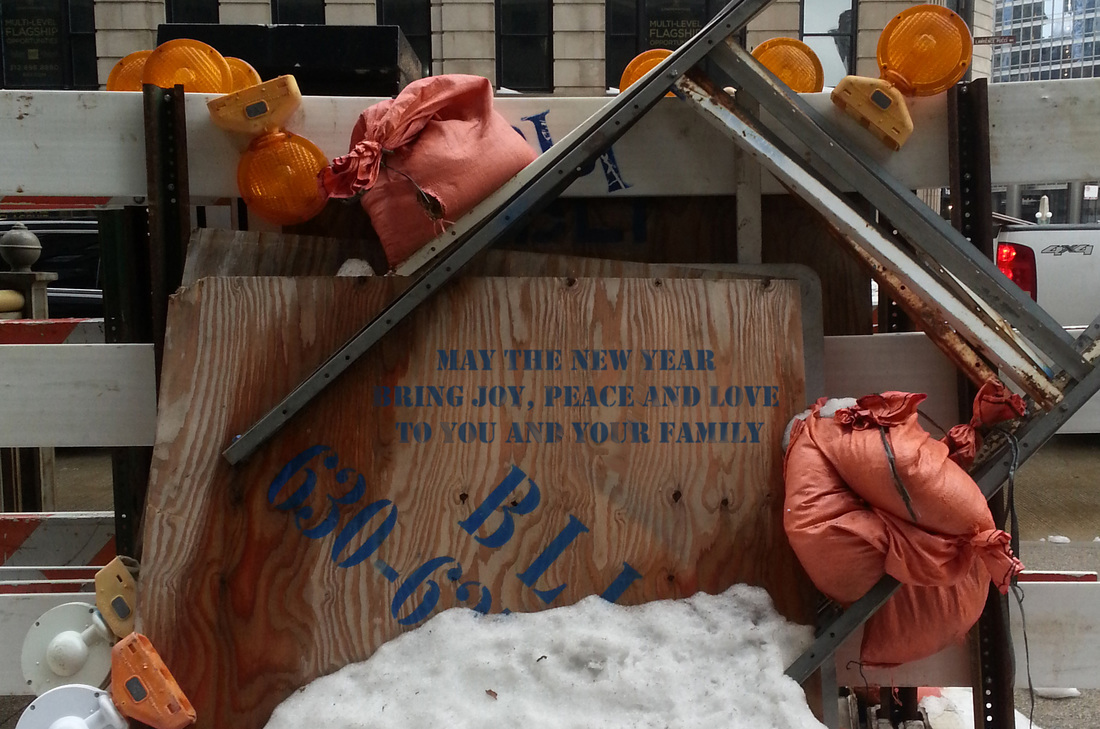
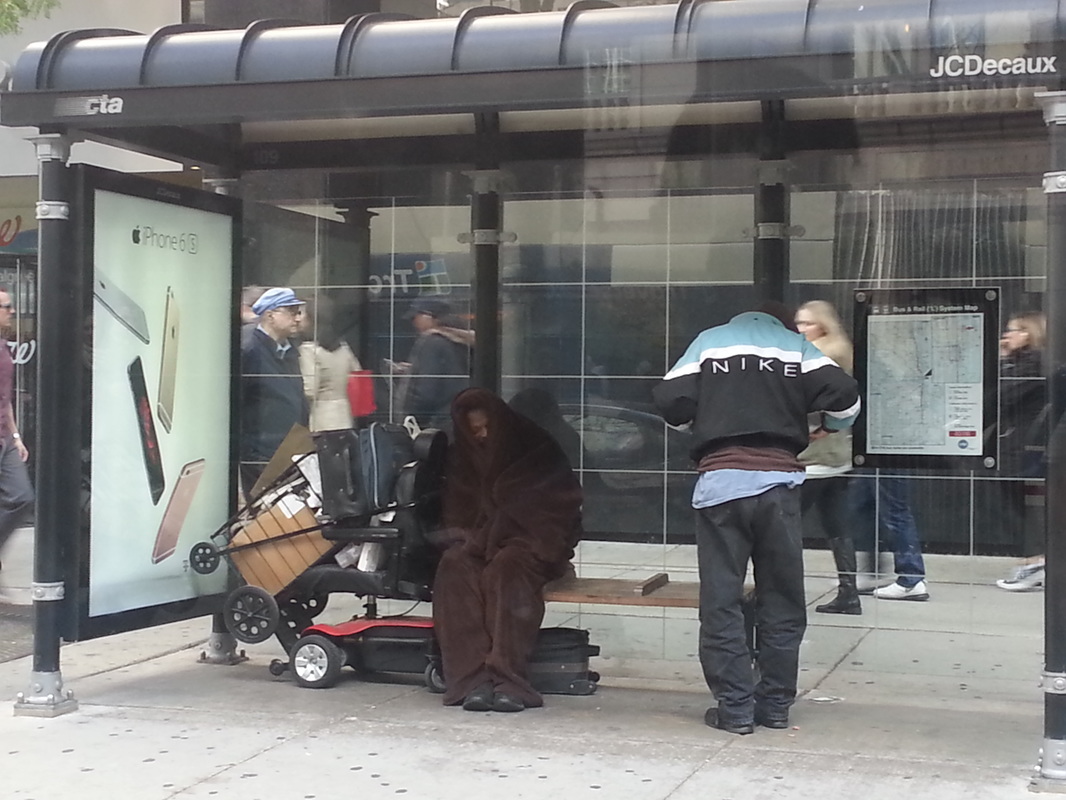
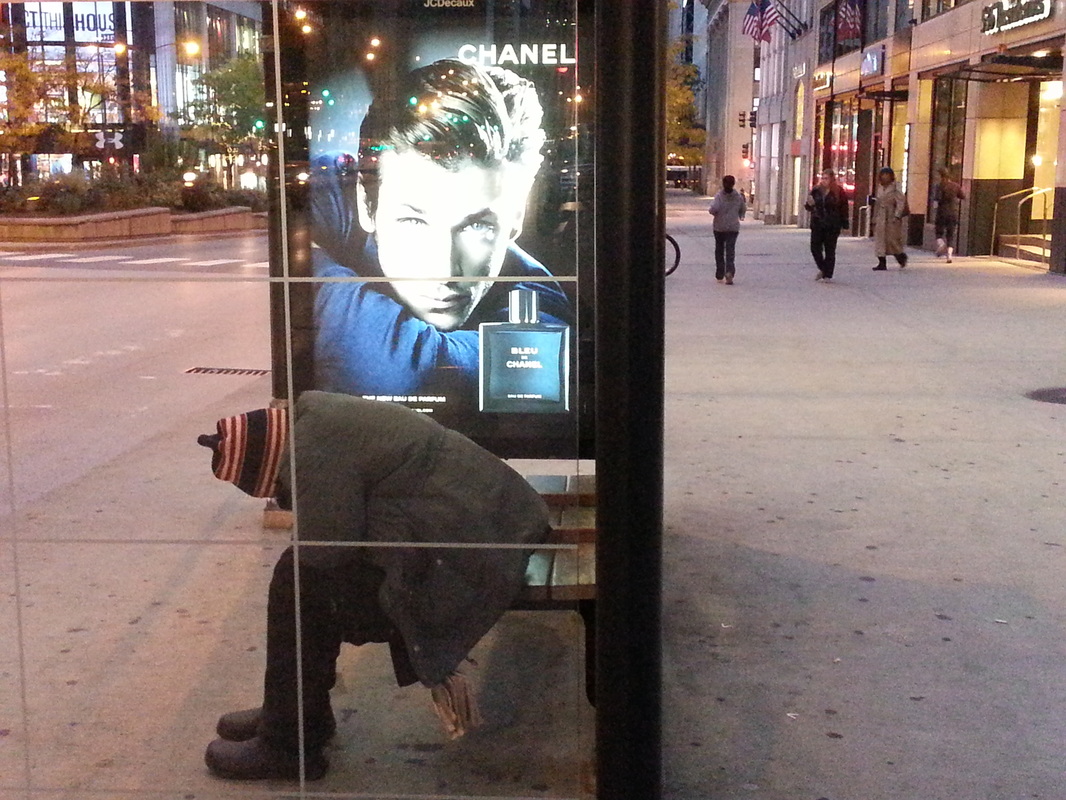
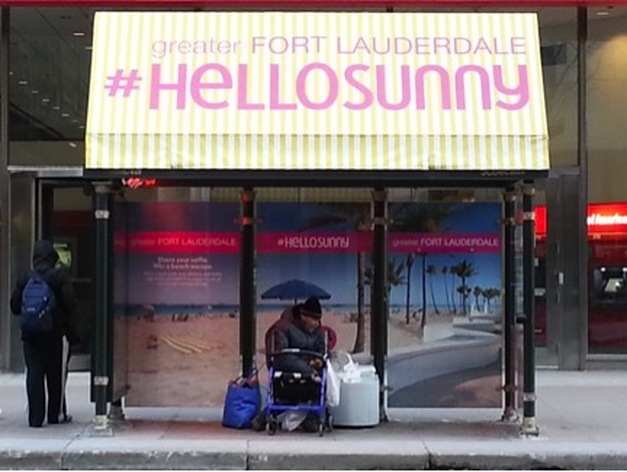
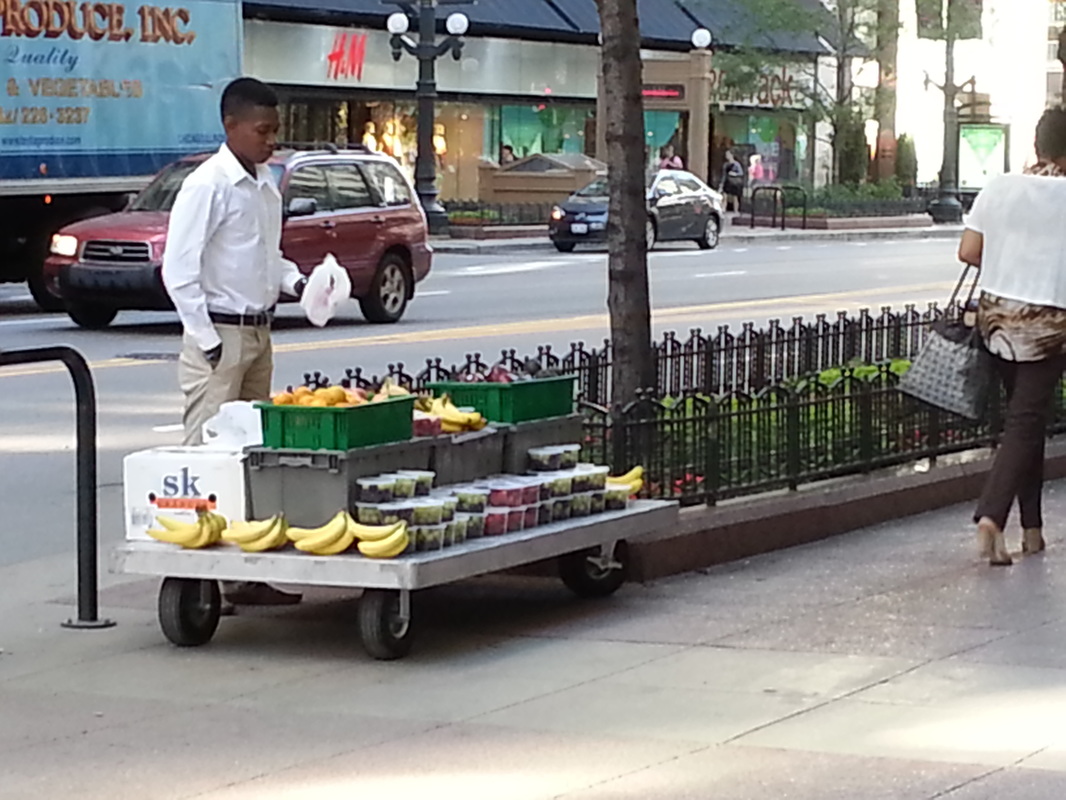
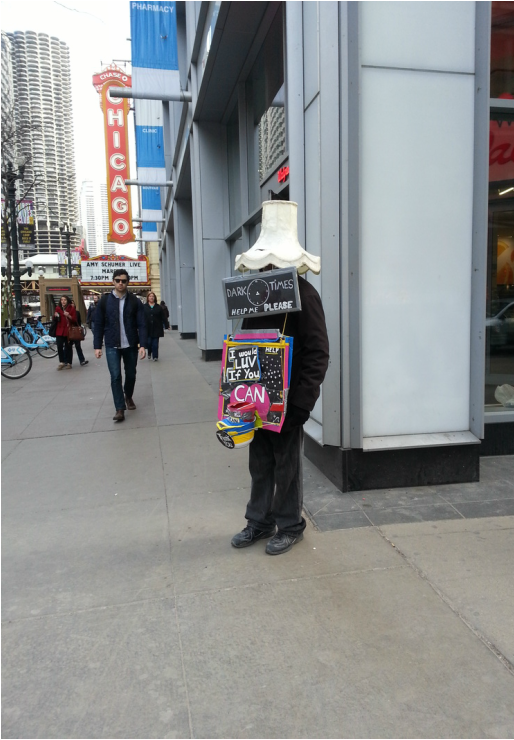

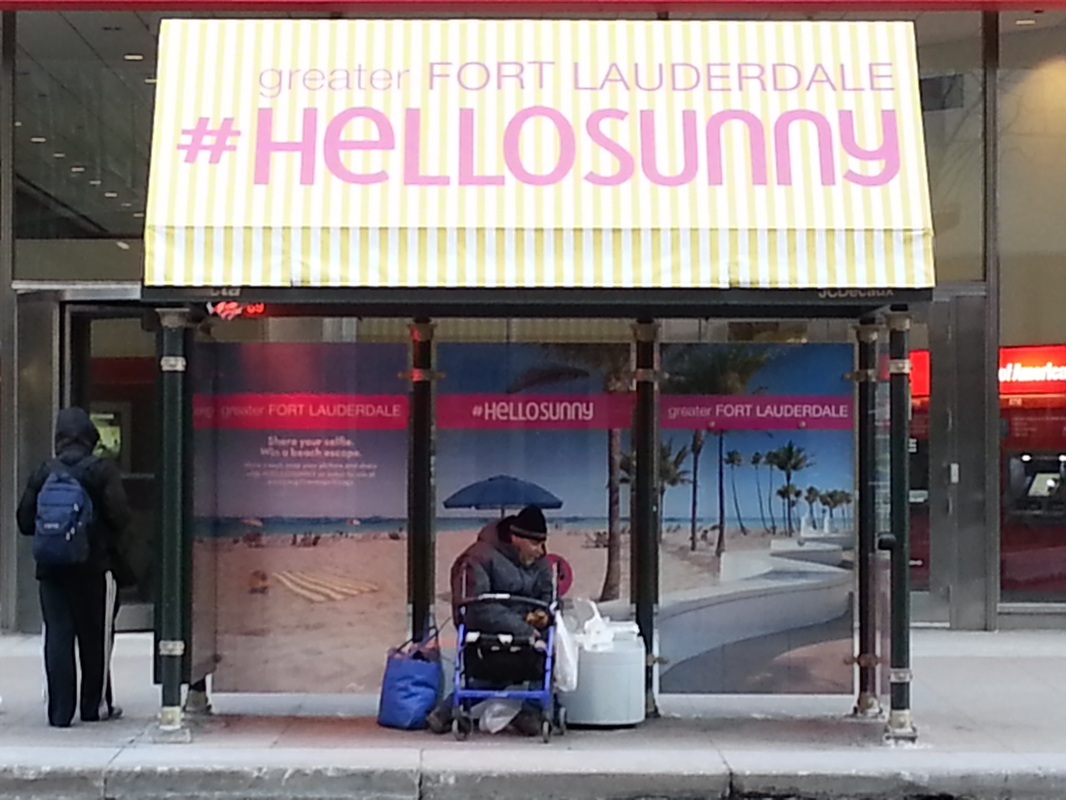
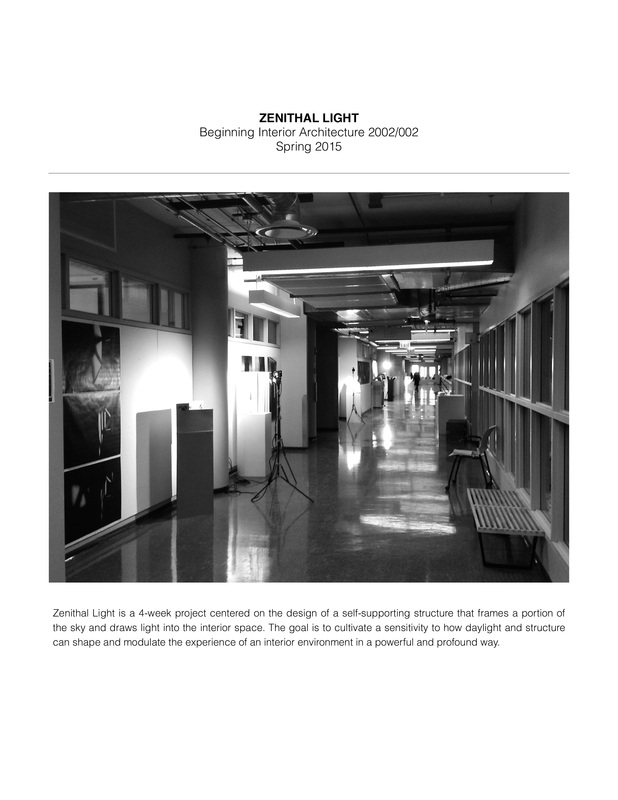
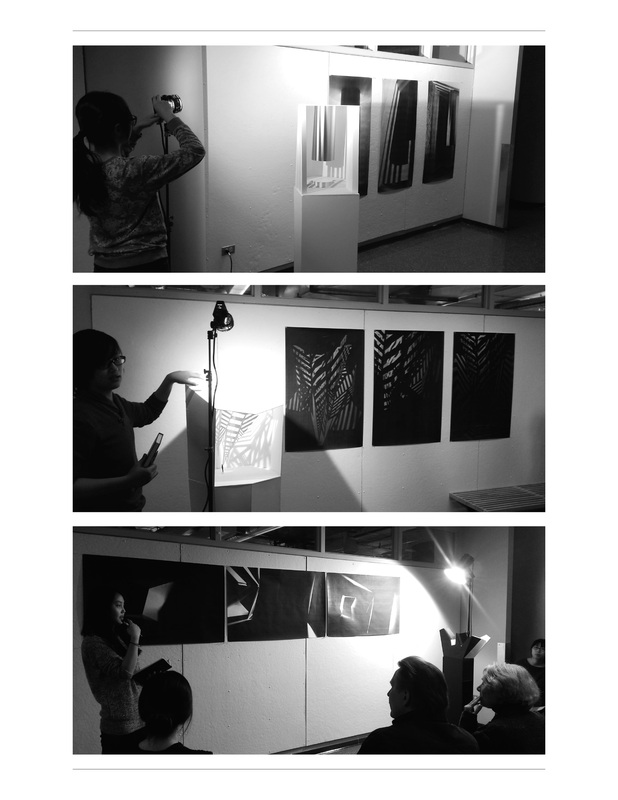
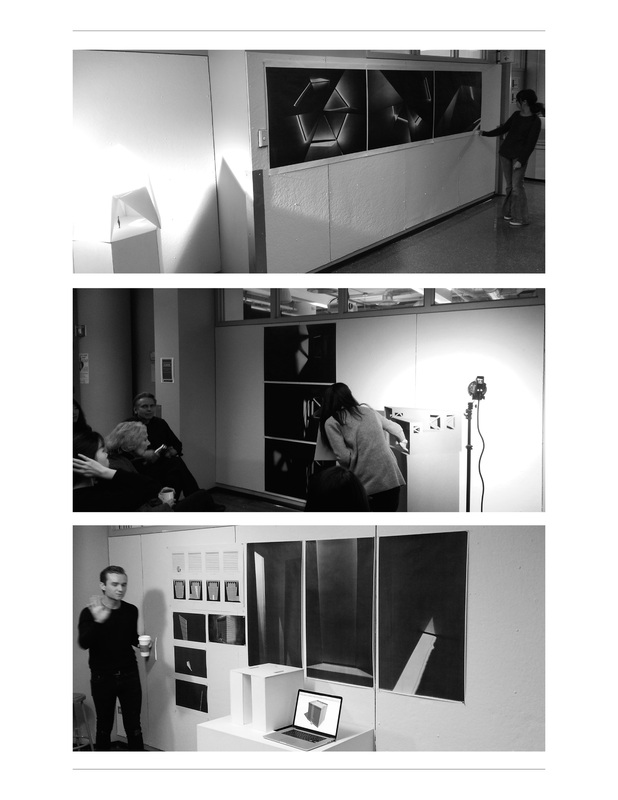
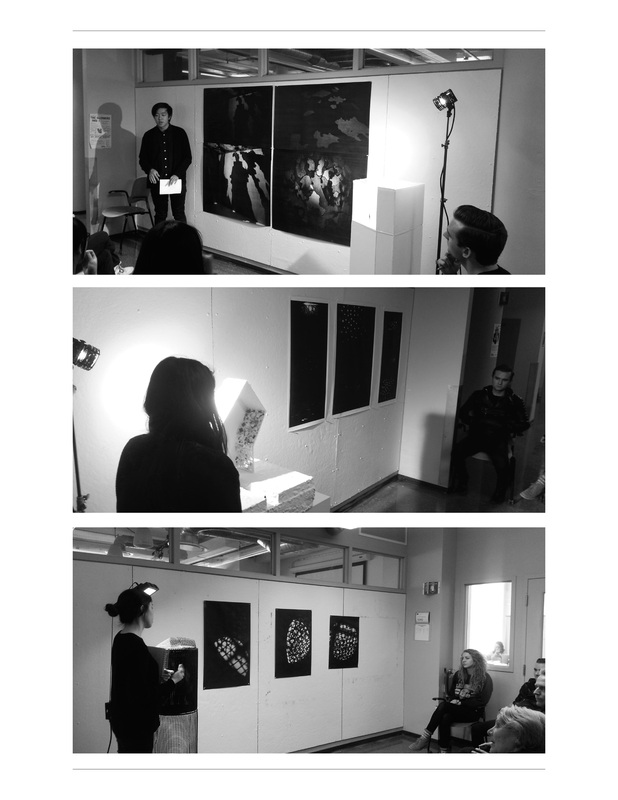
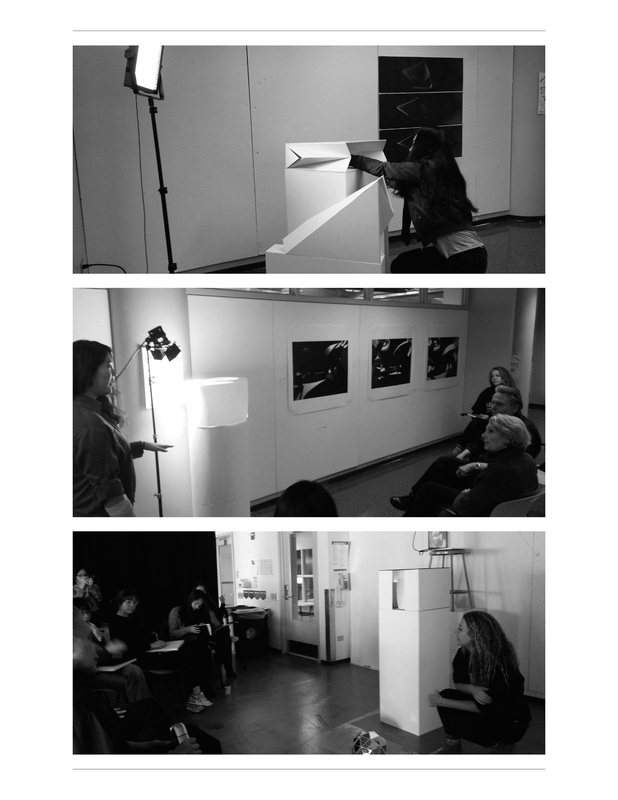
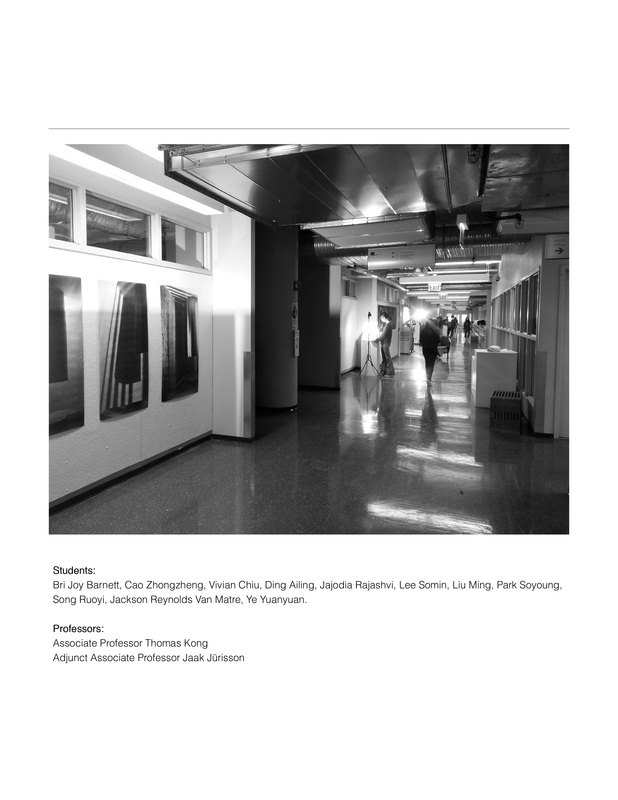
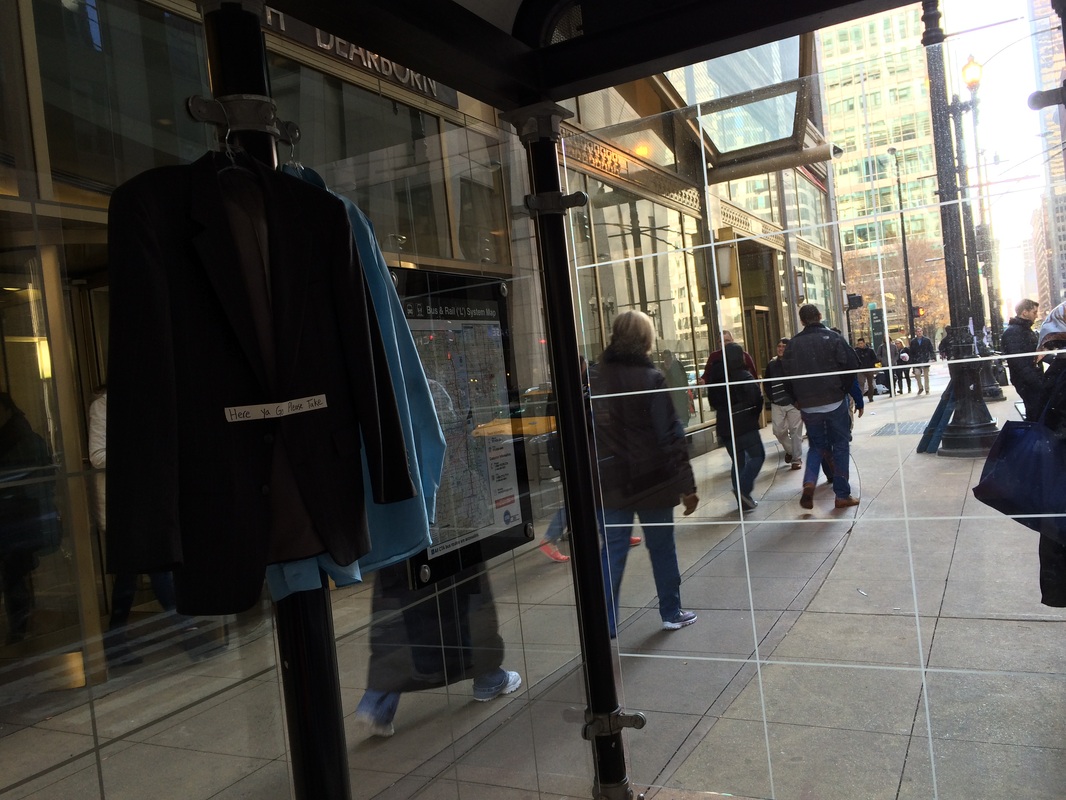
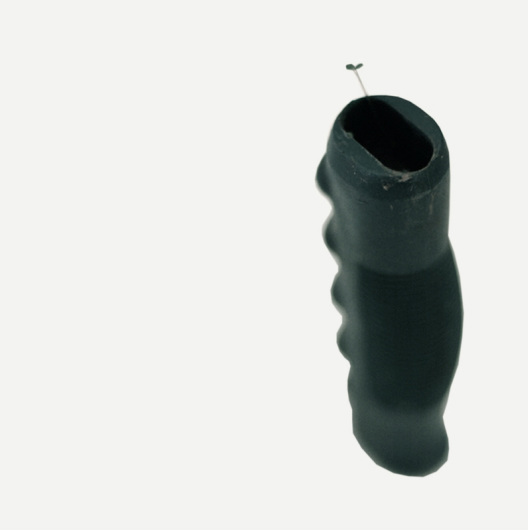
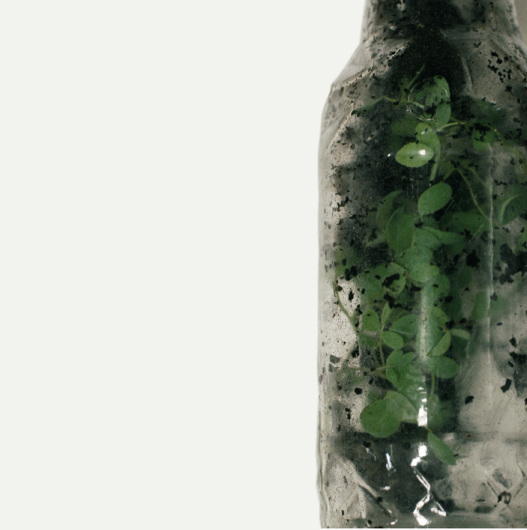
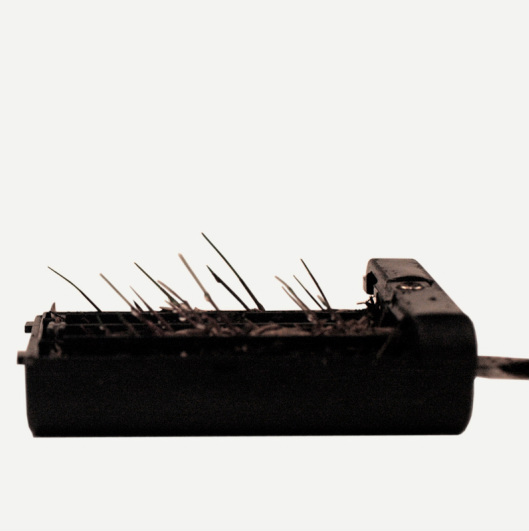
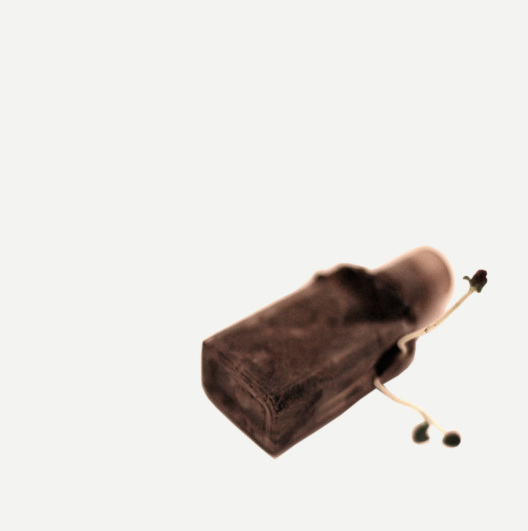
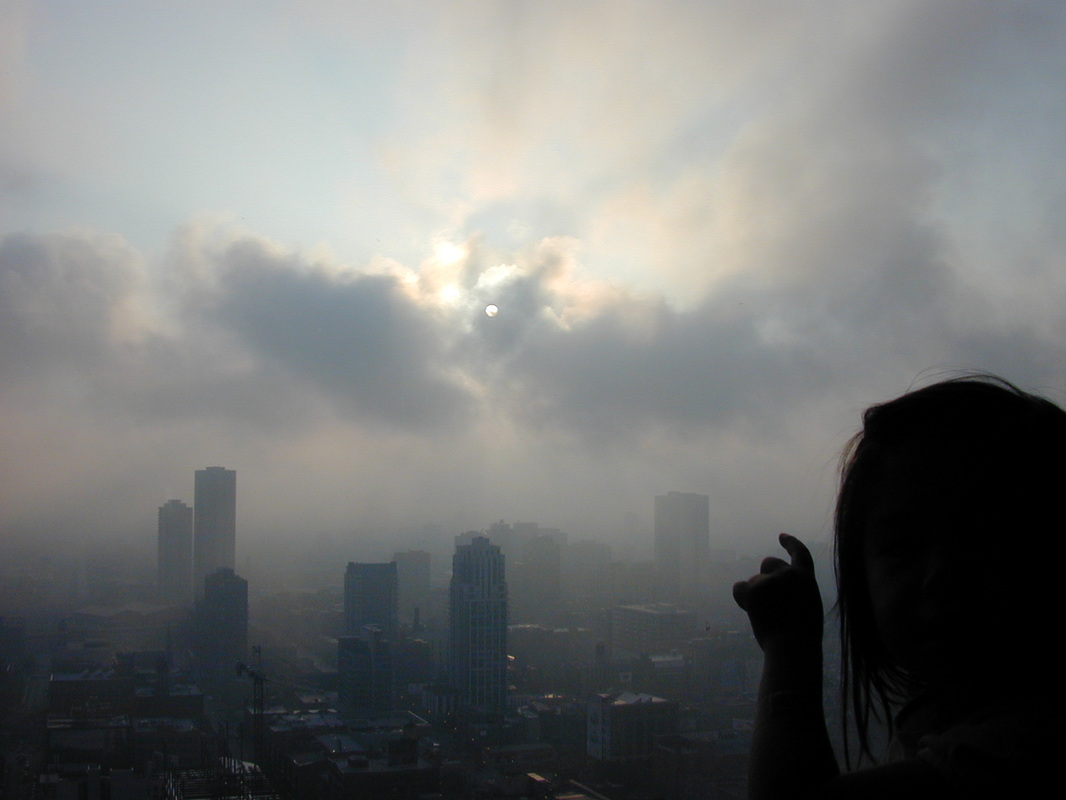
 RSS Feed
RSS Feed
